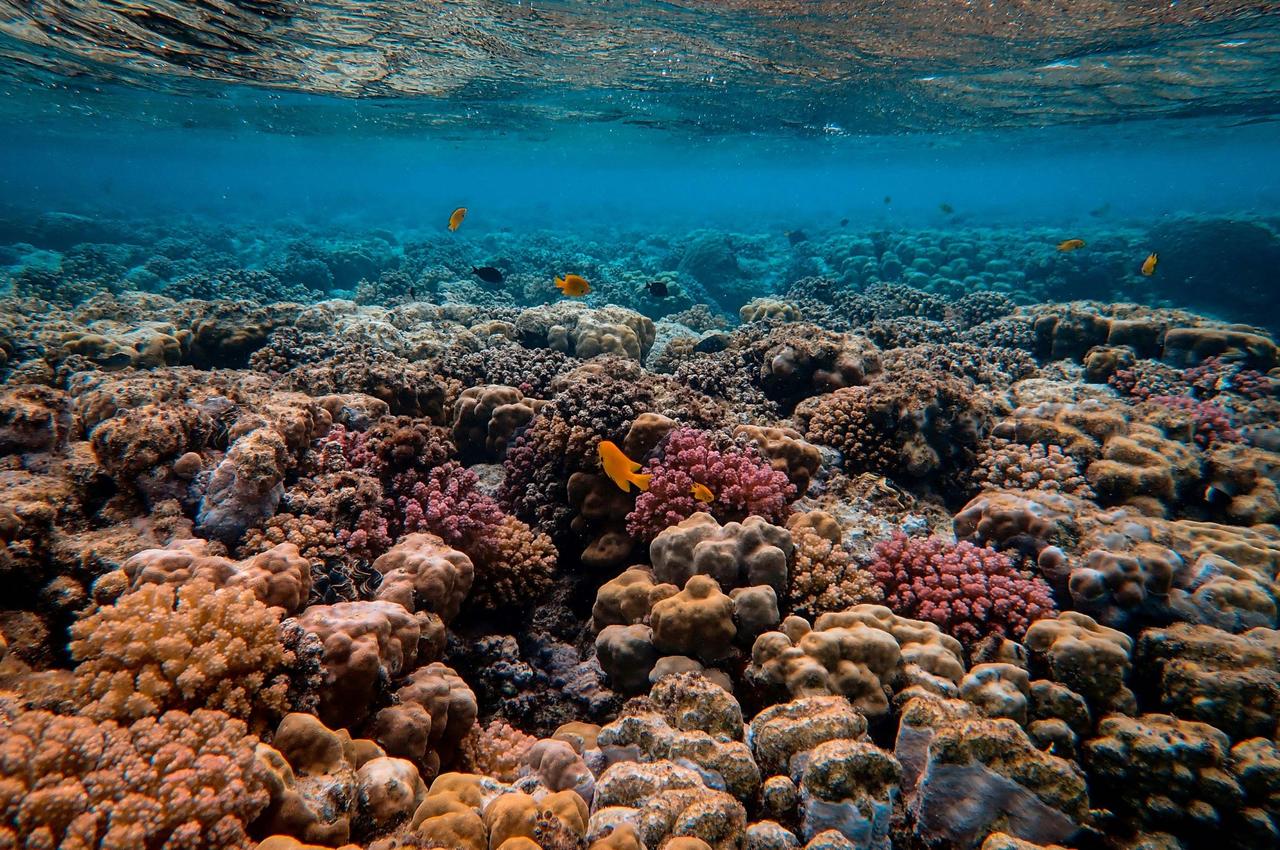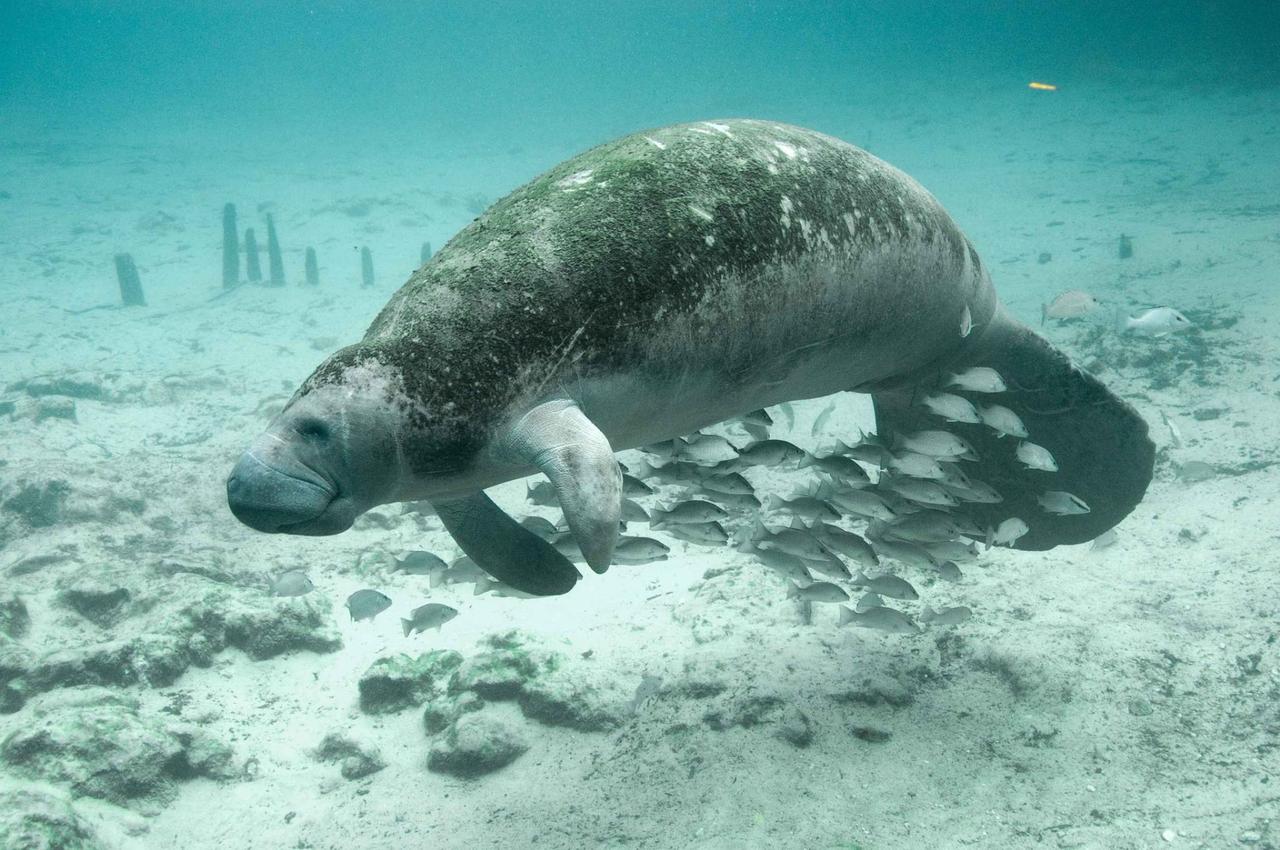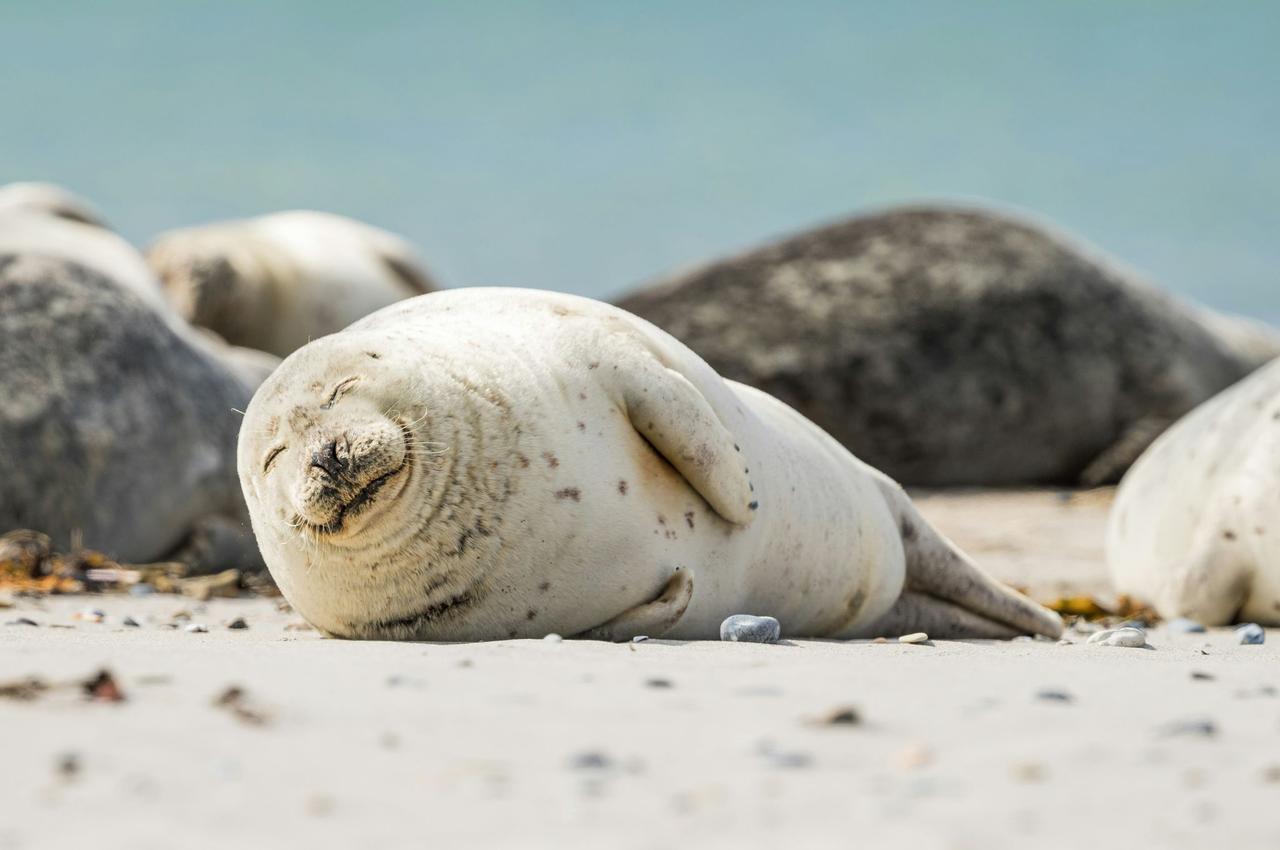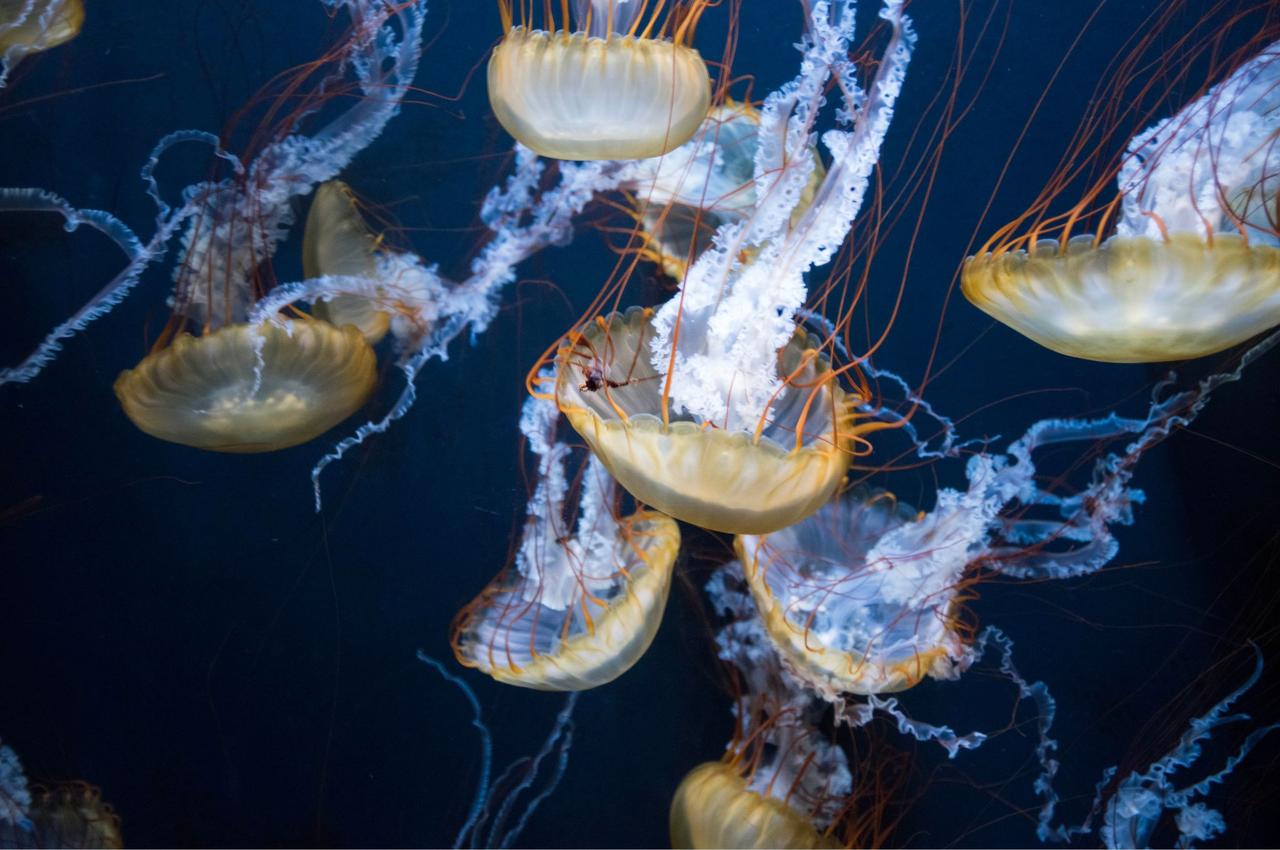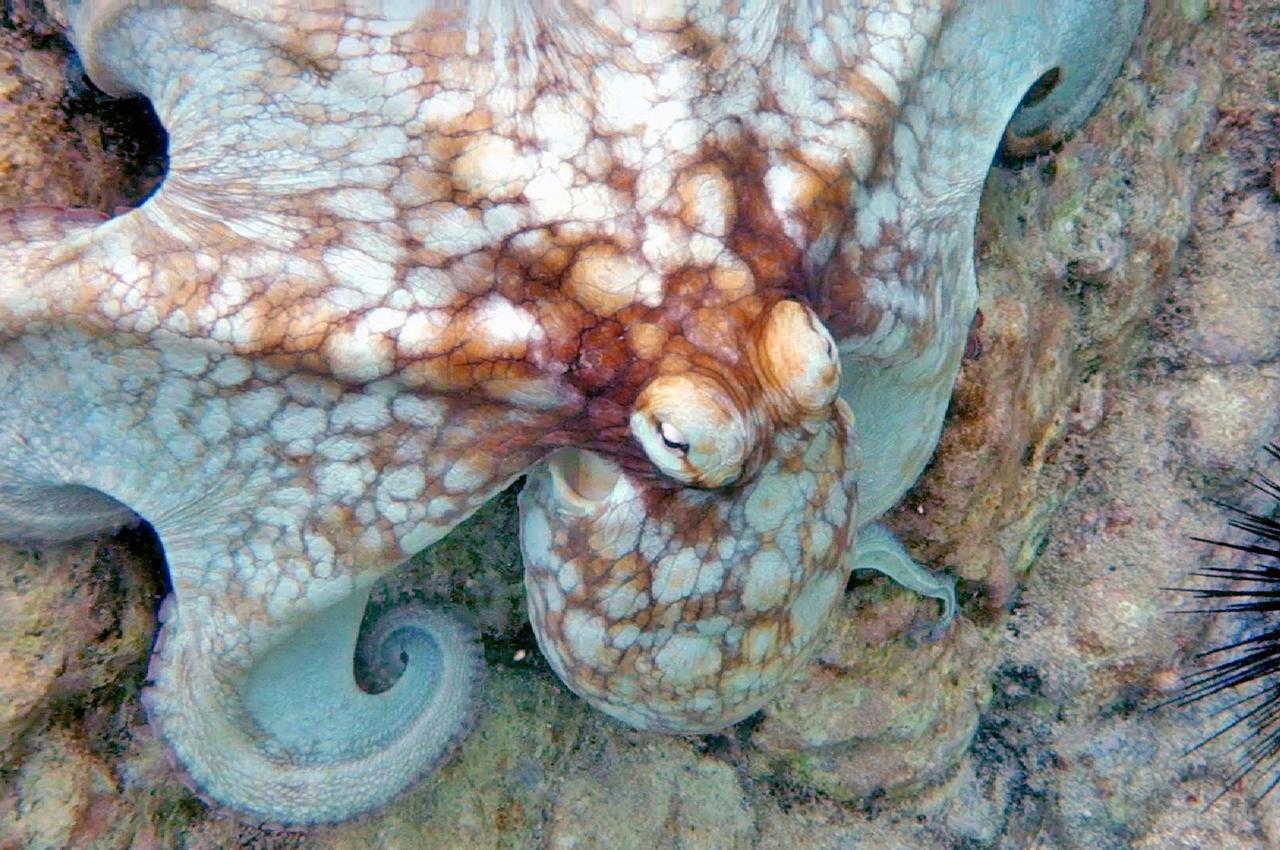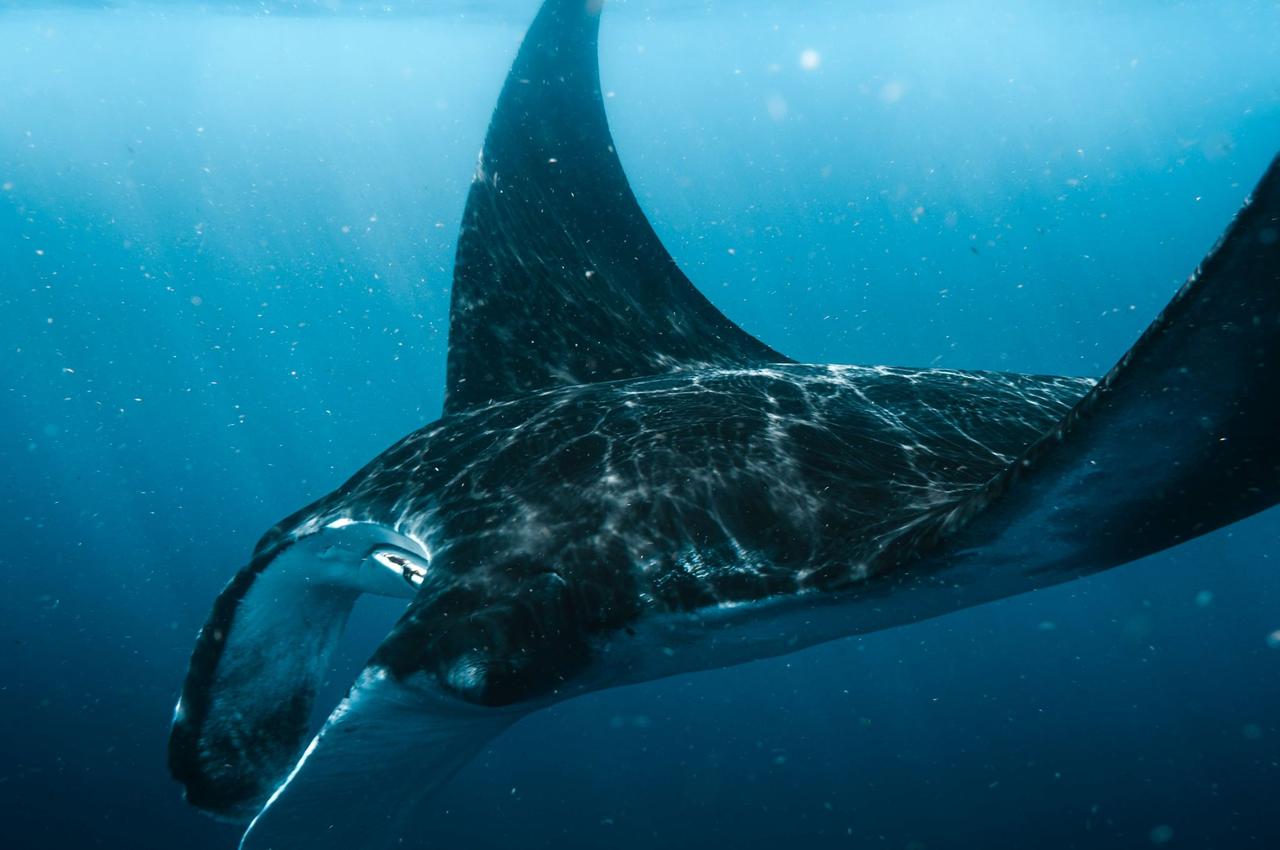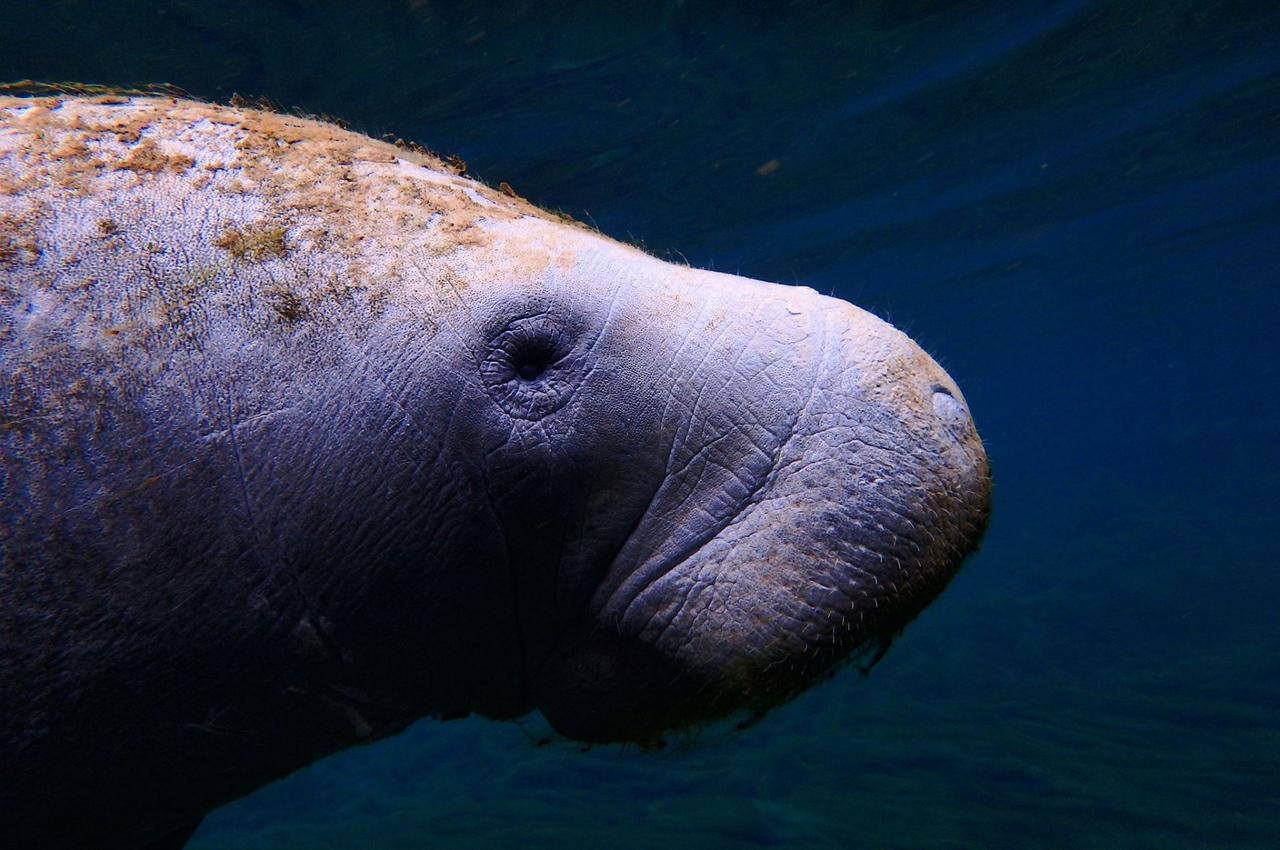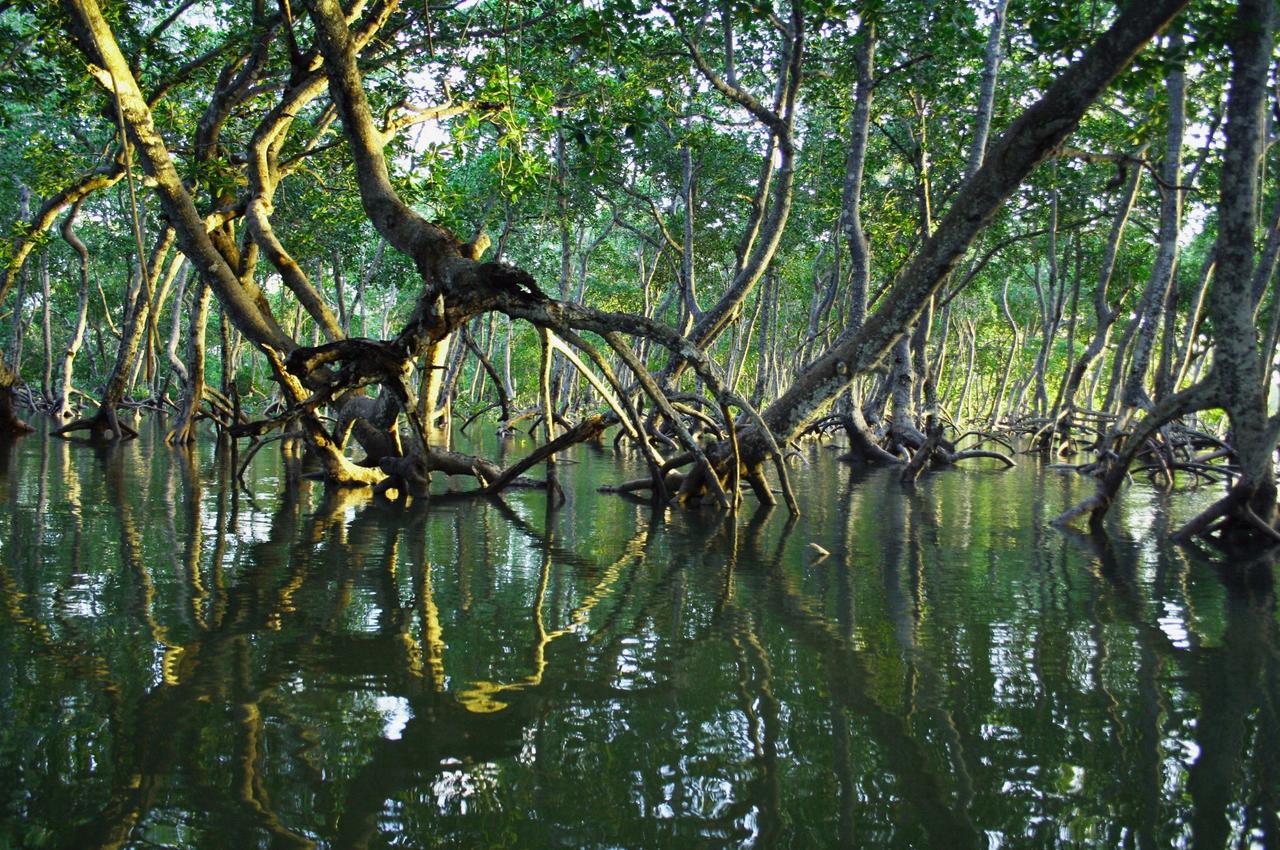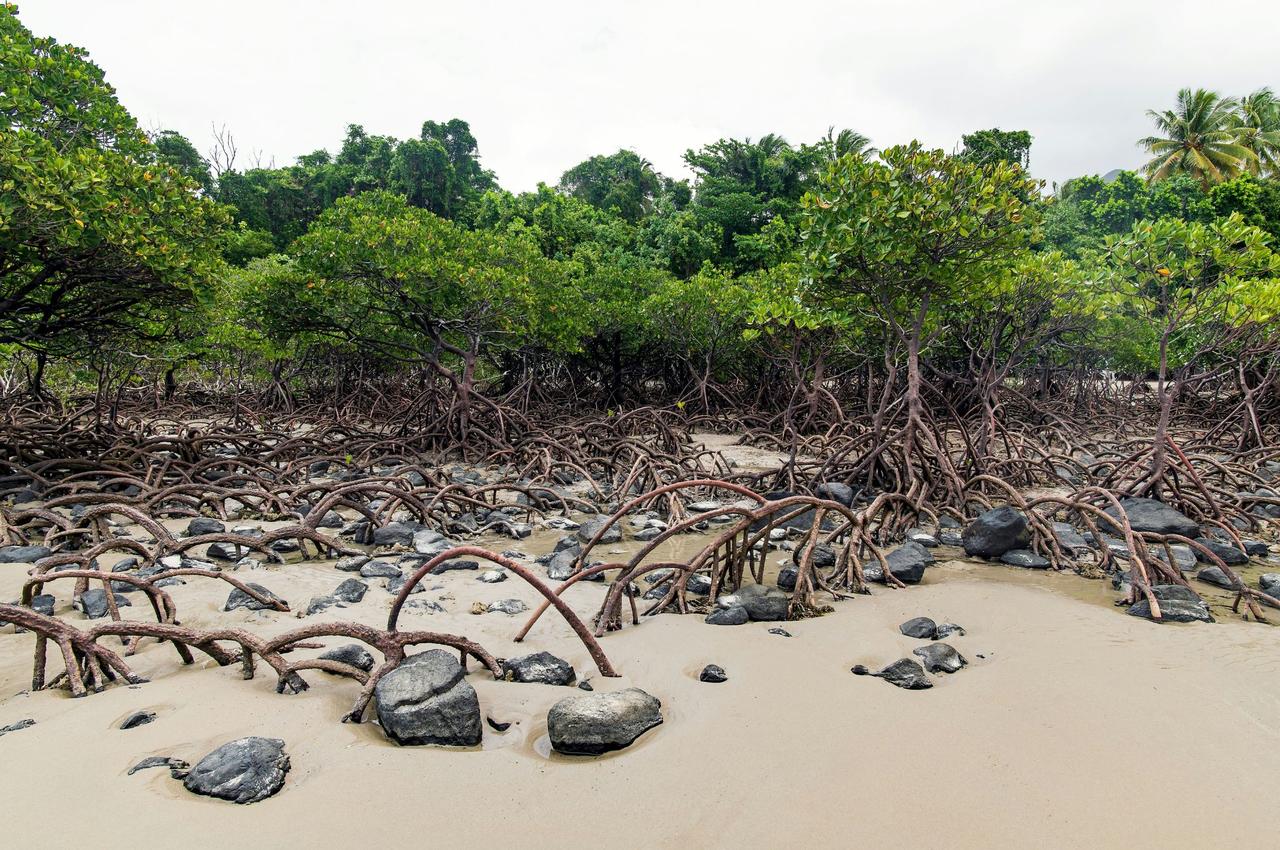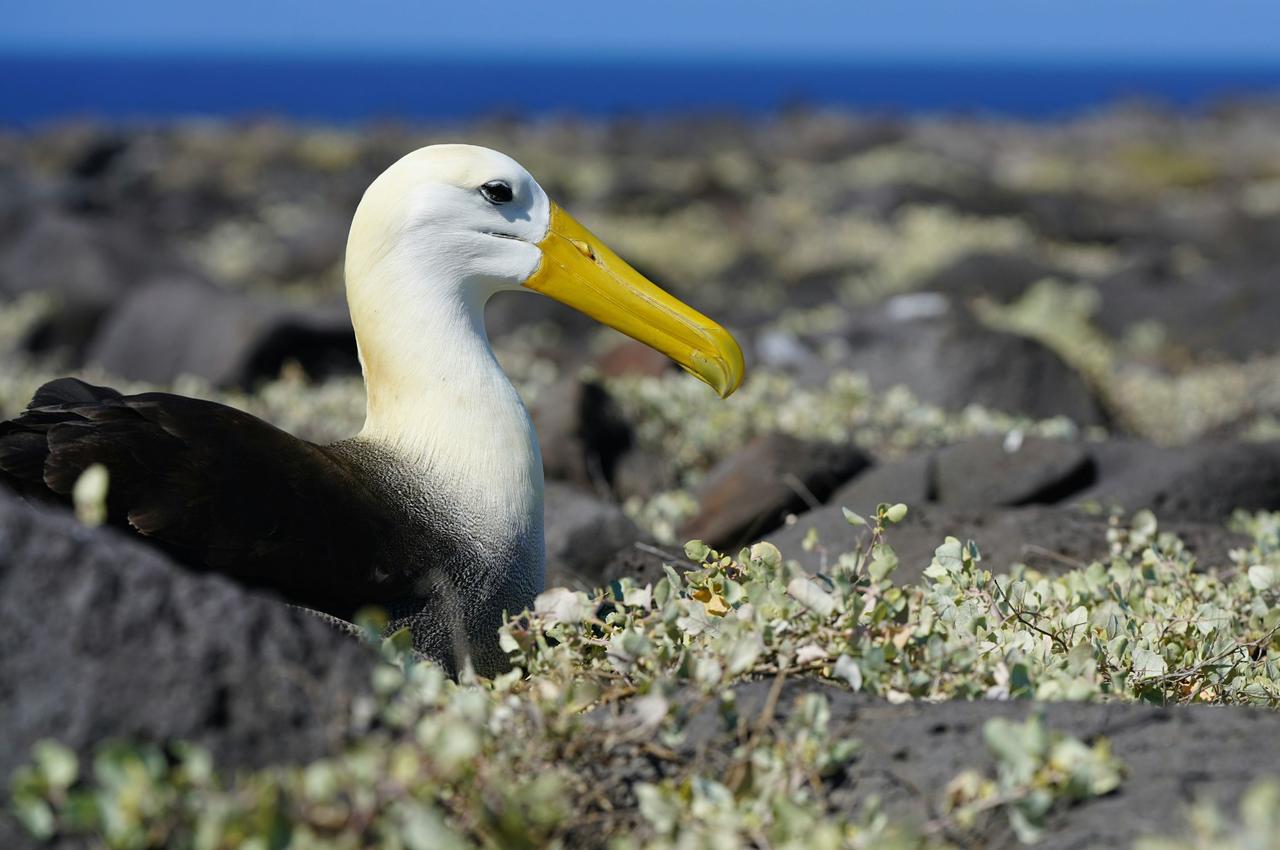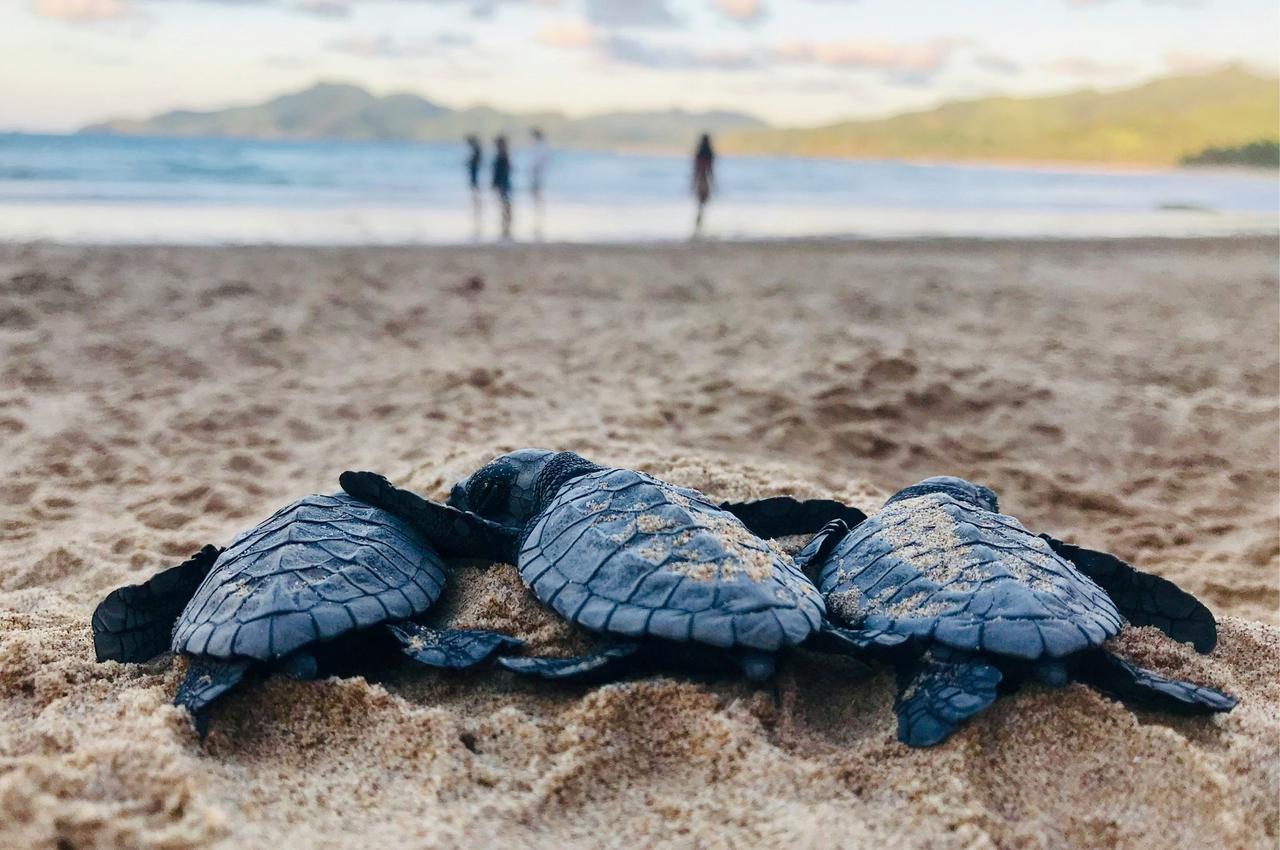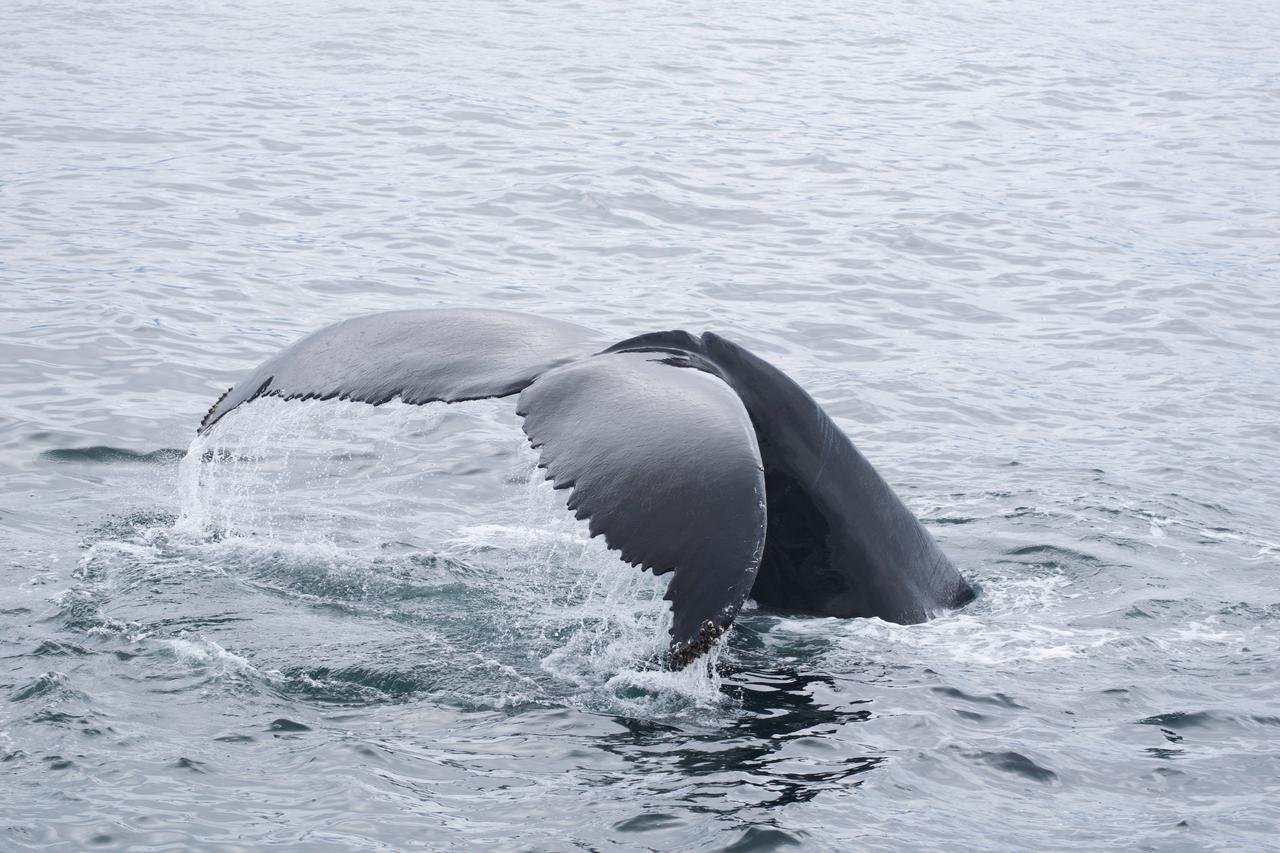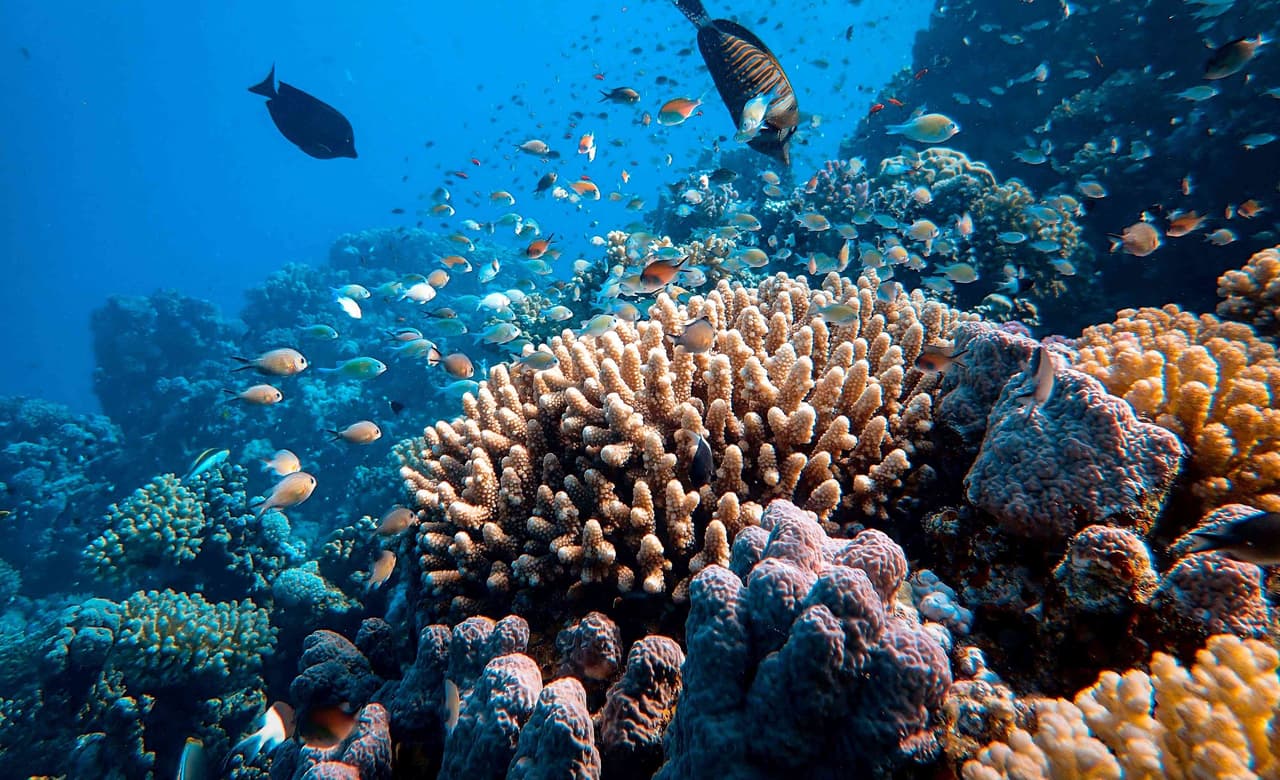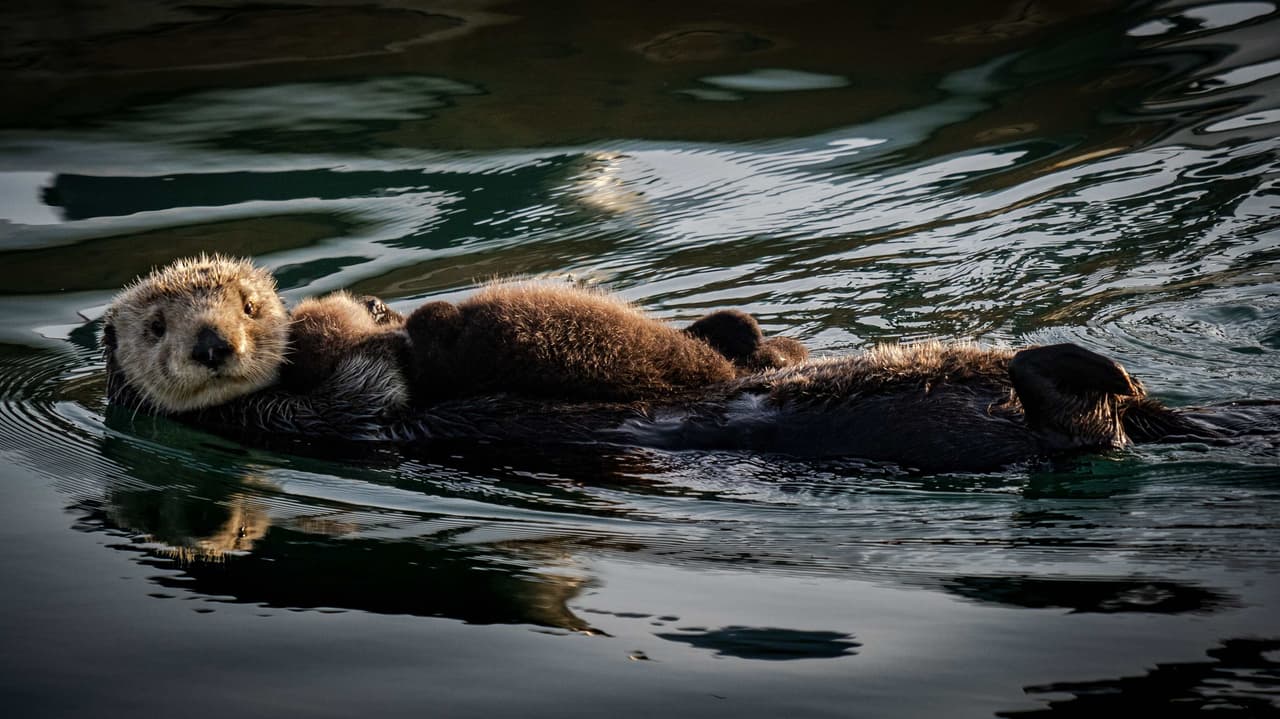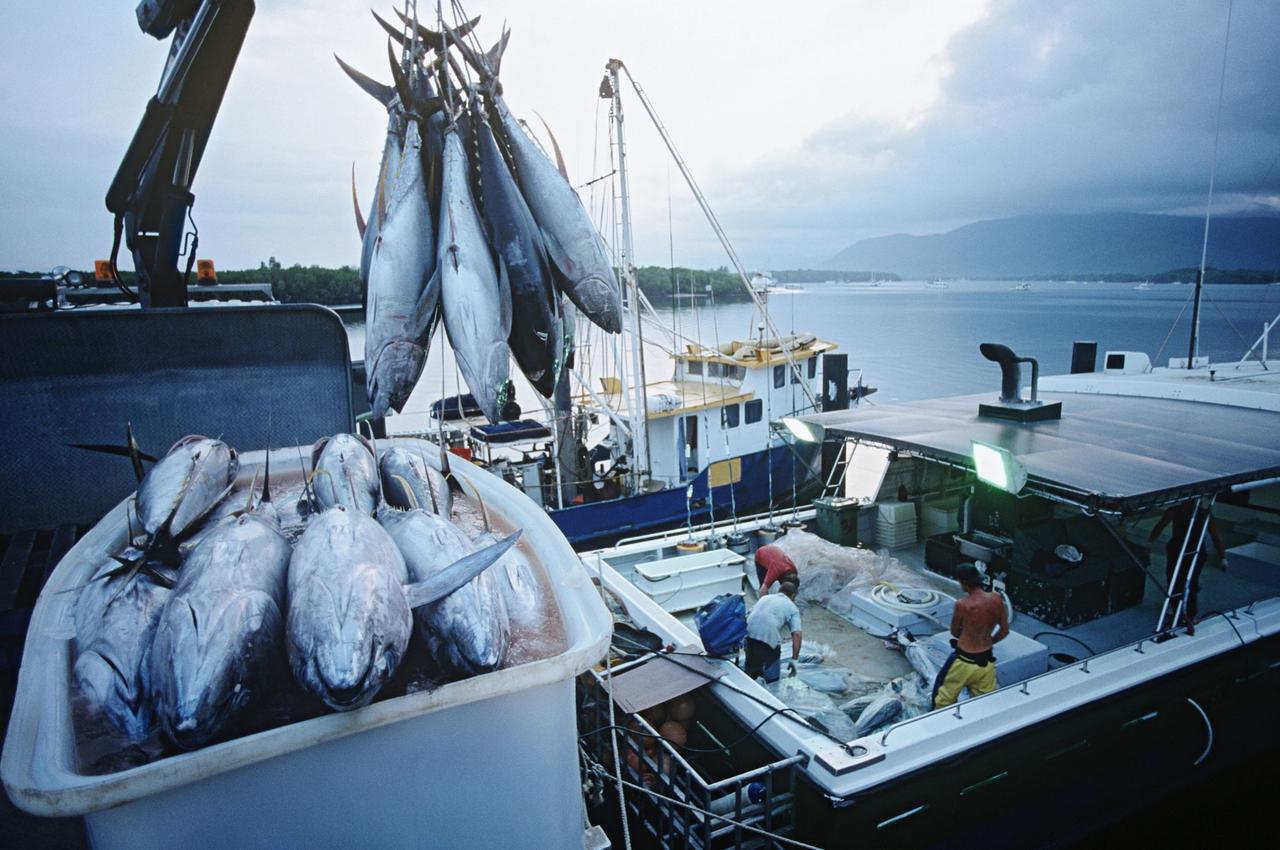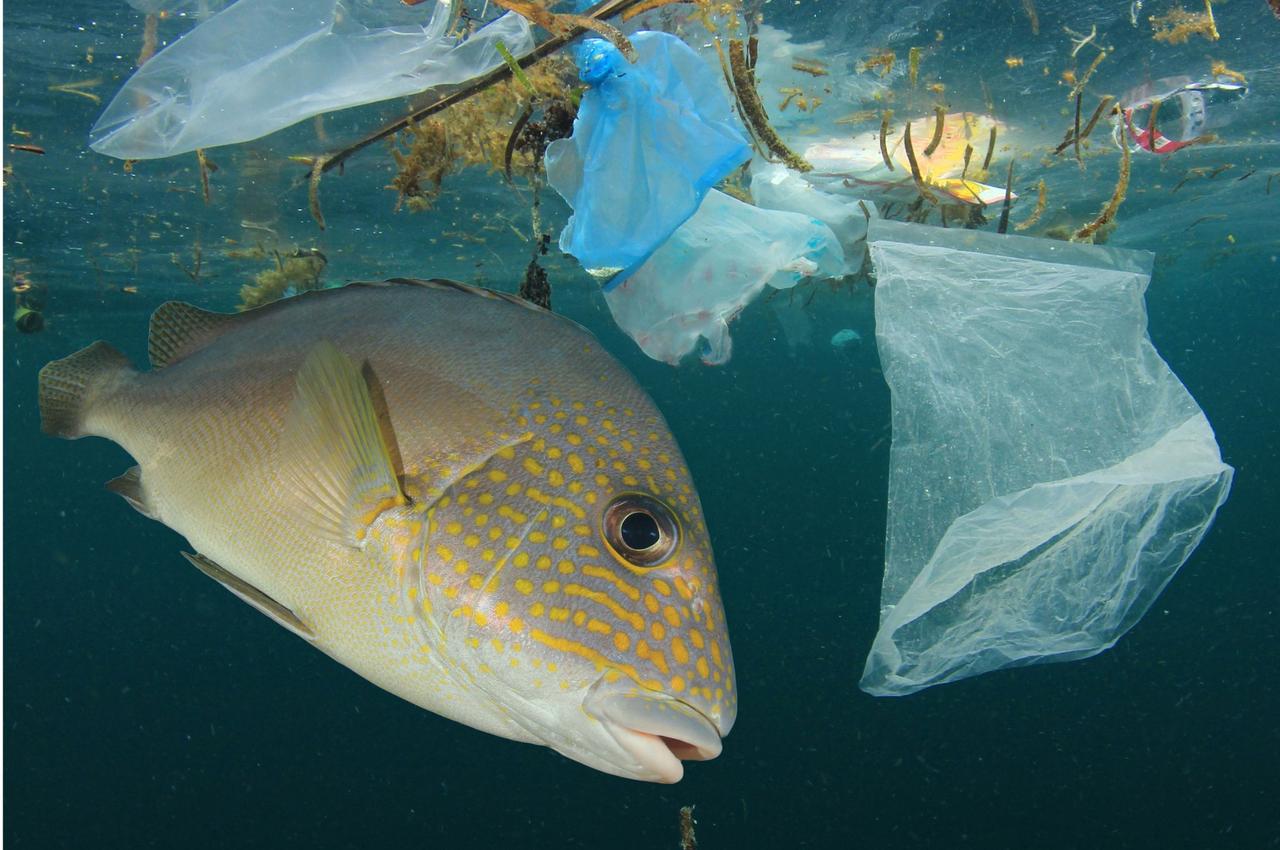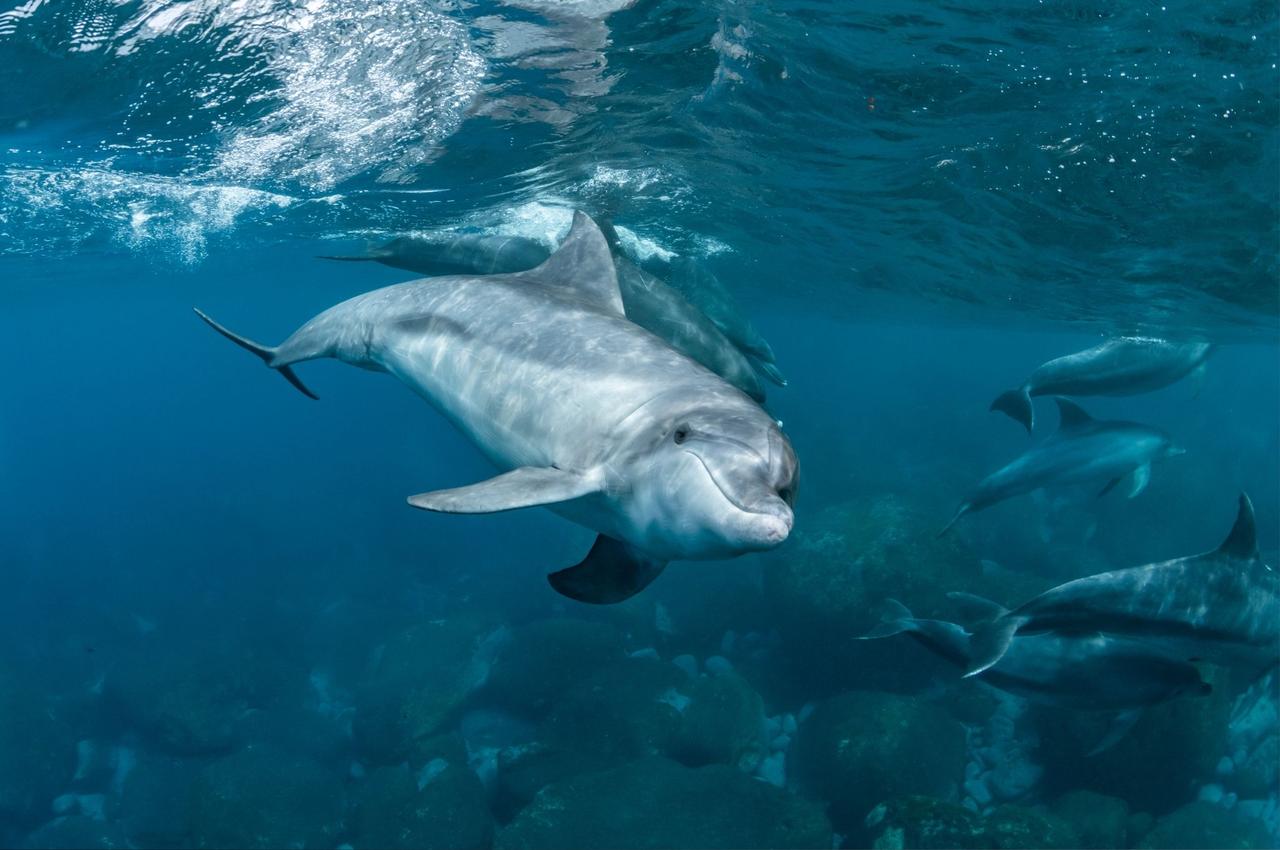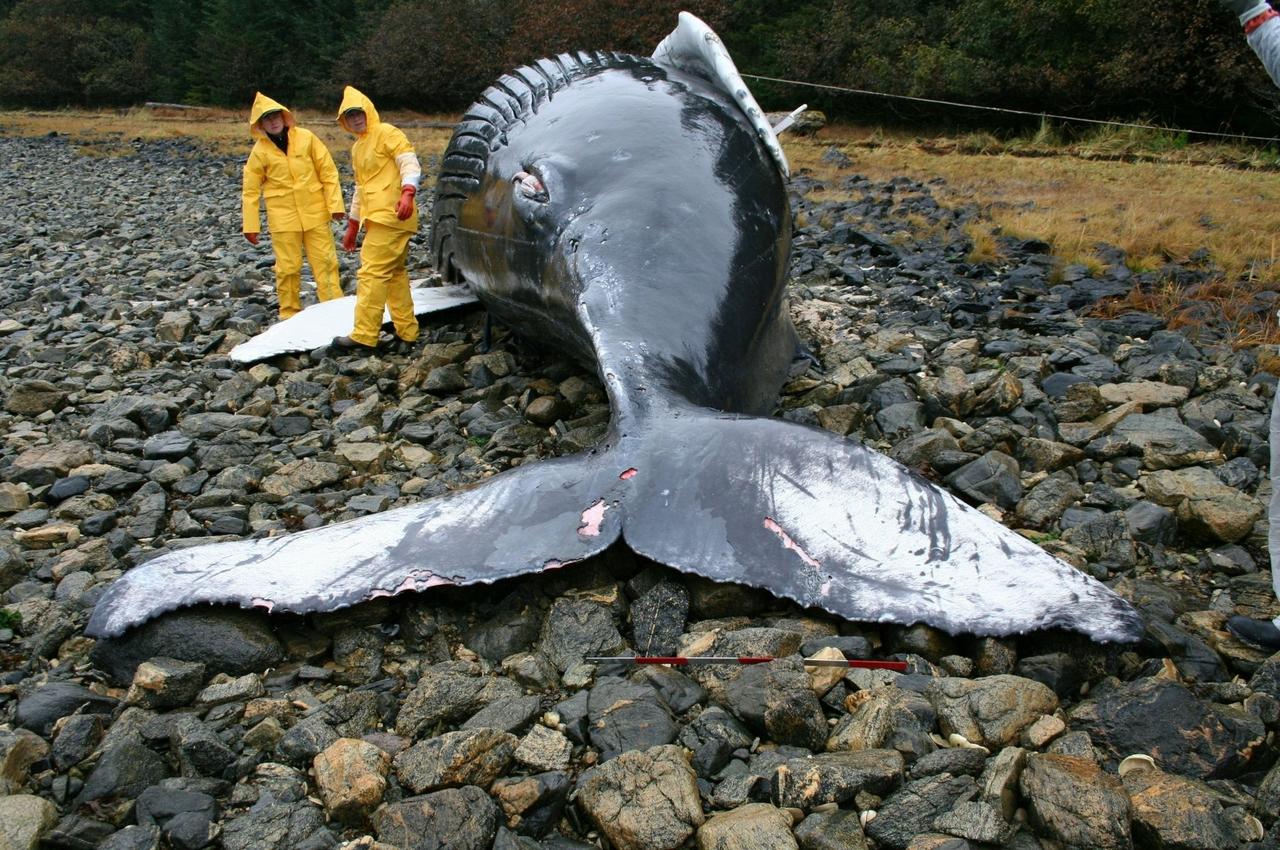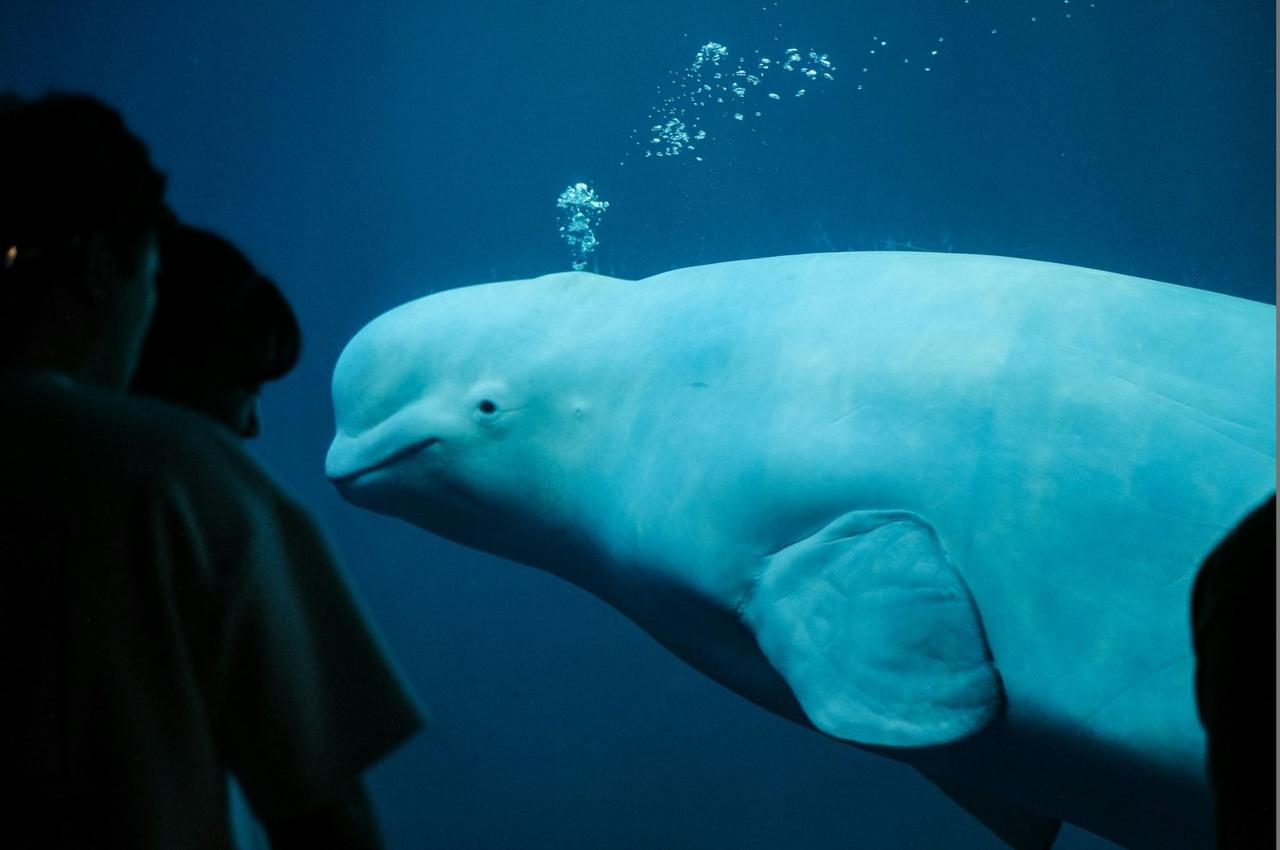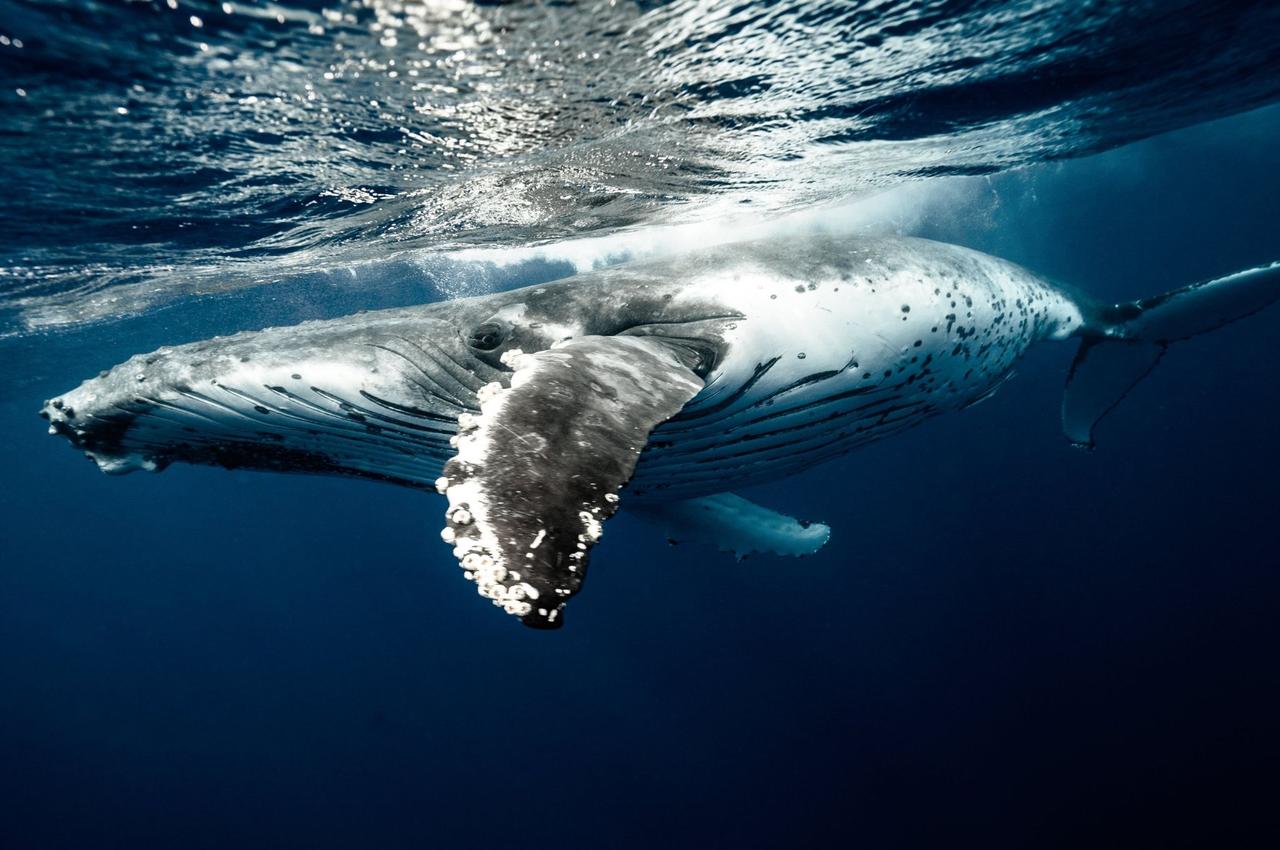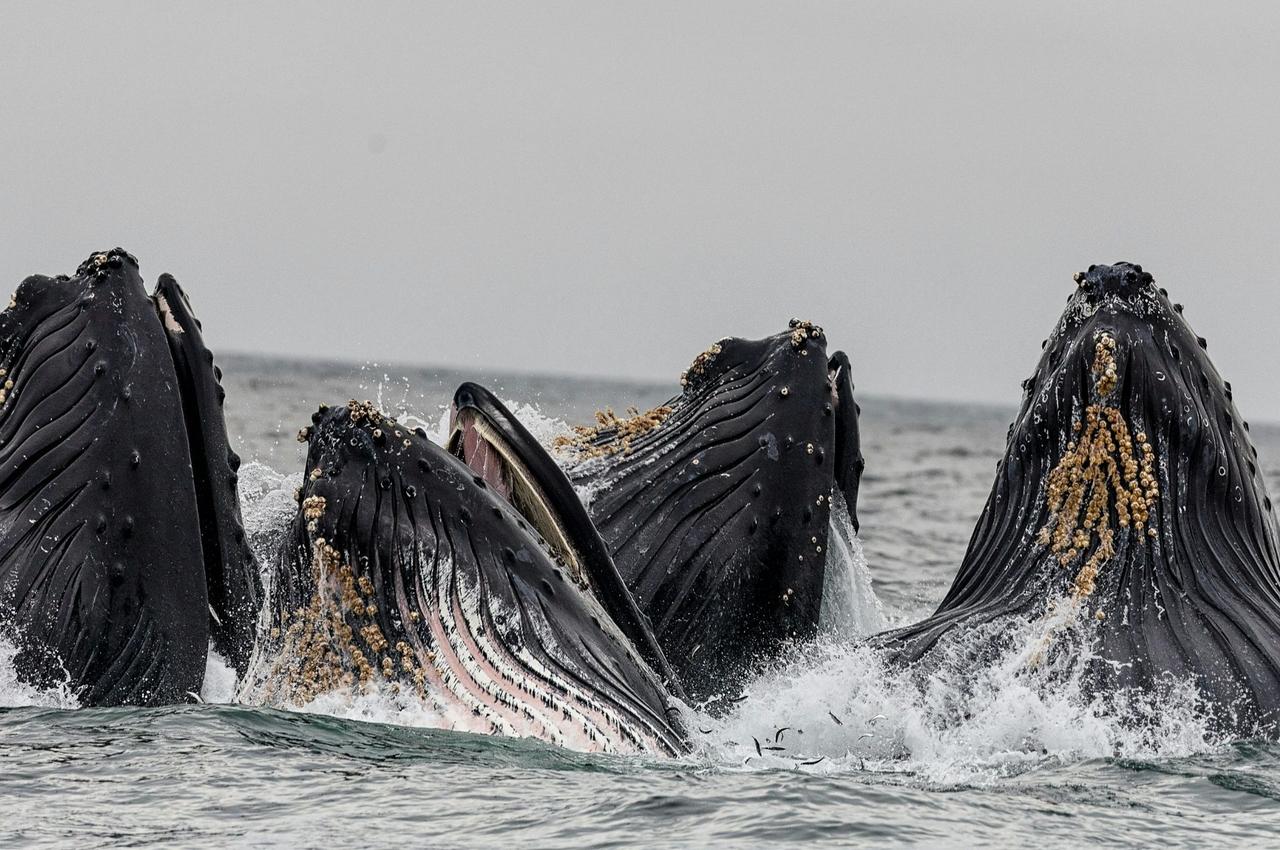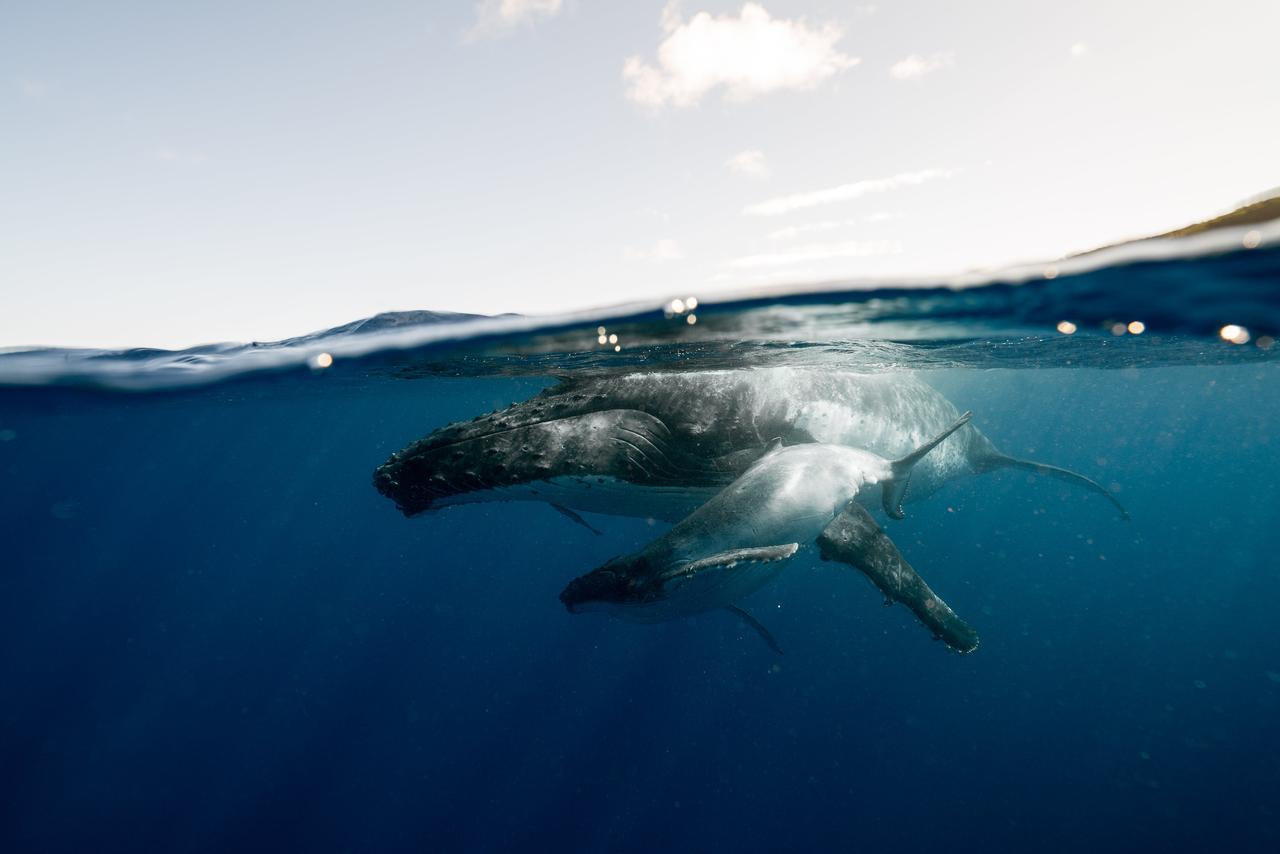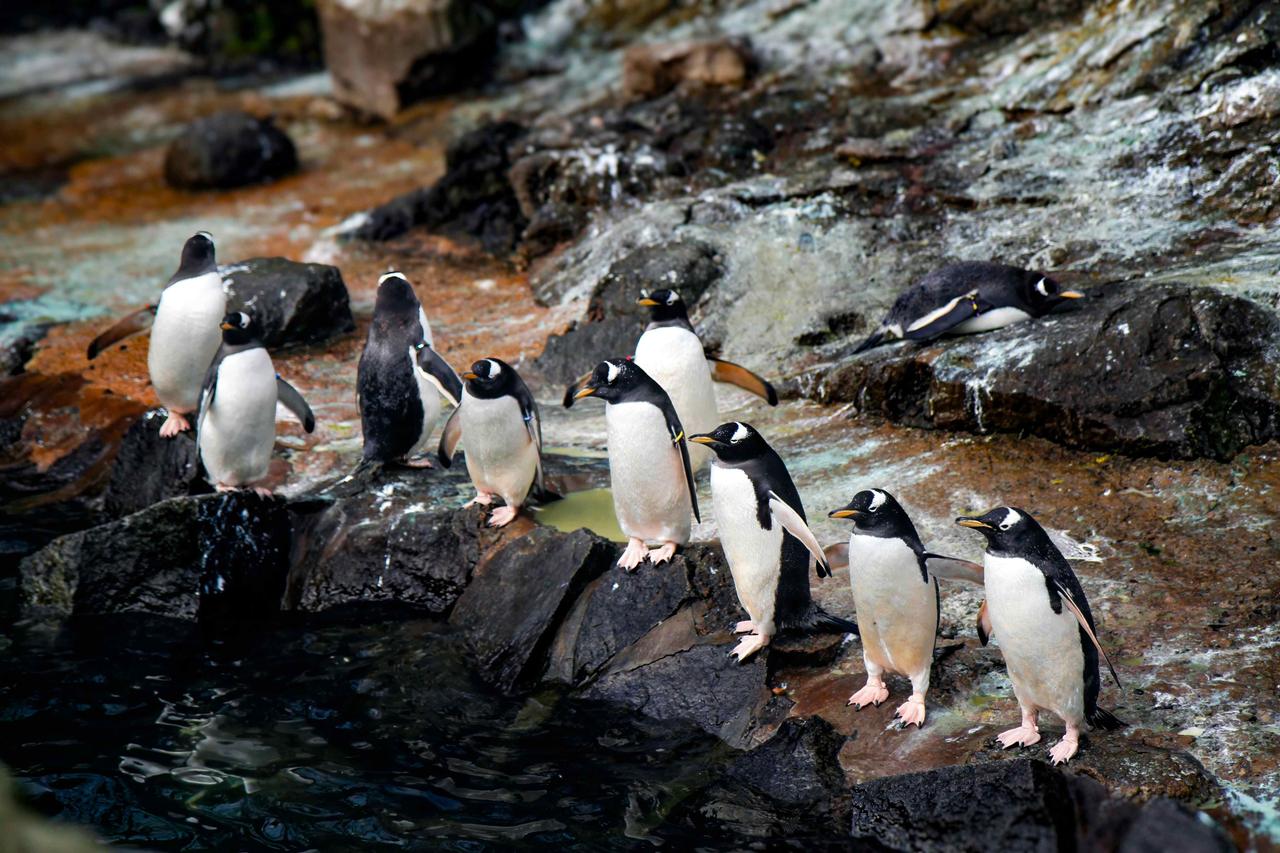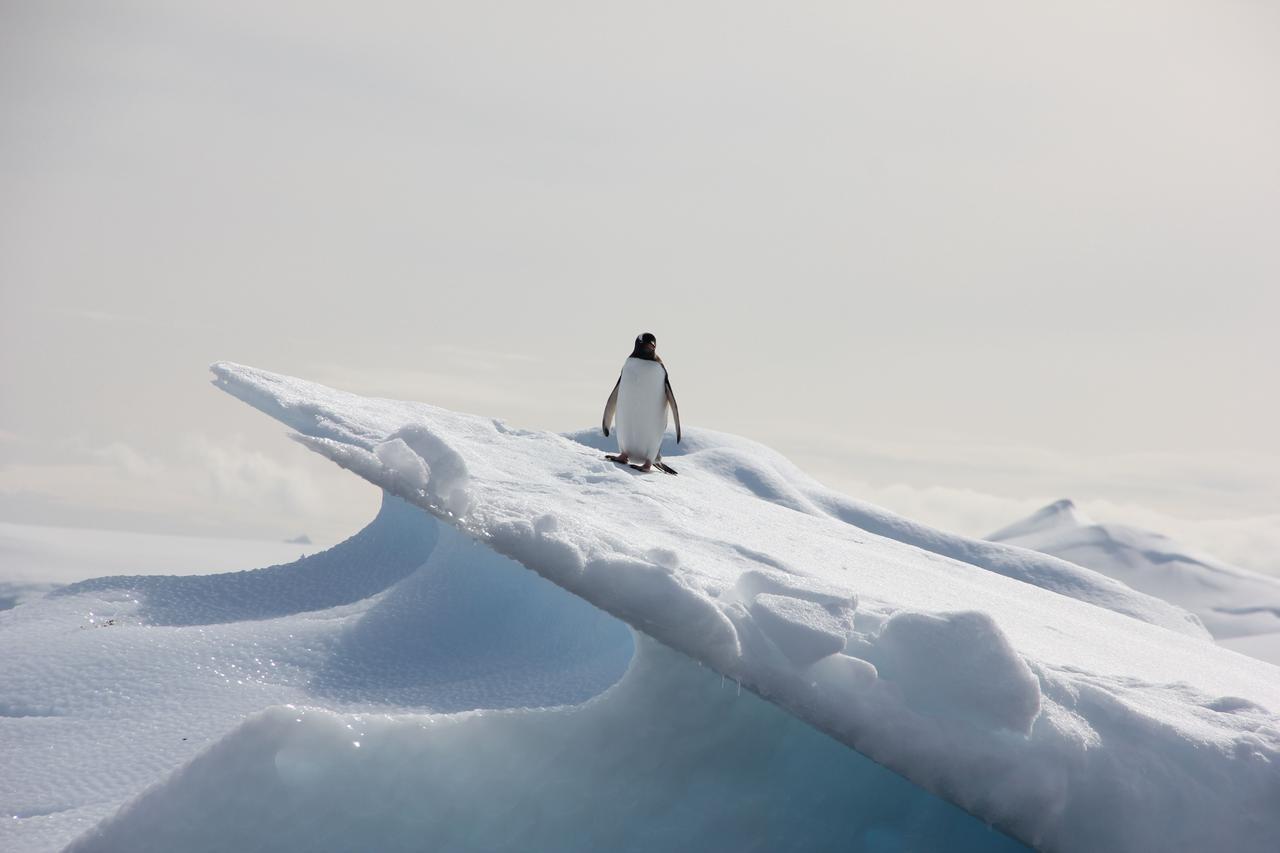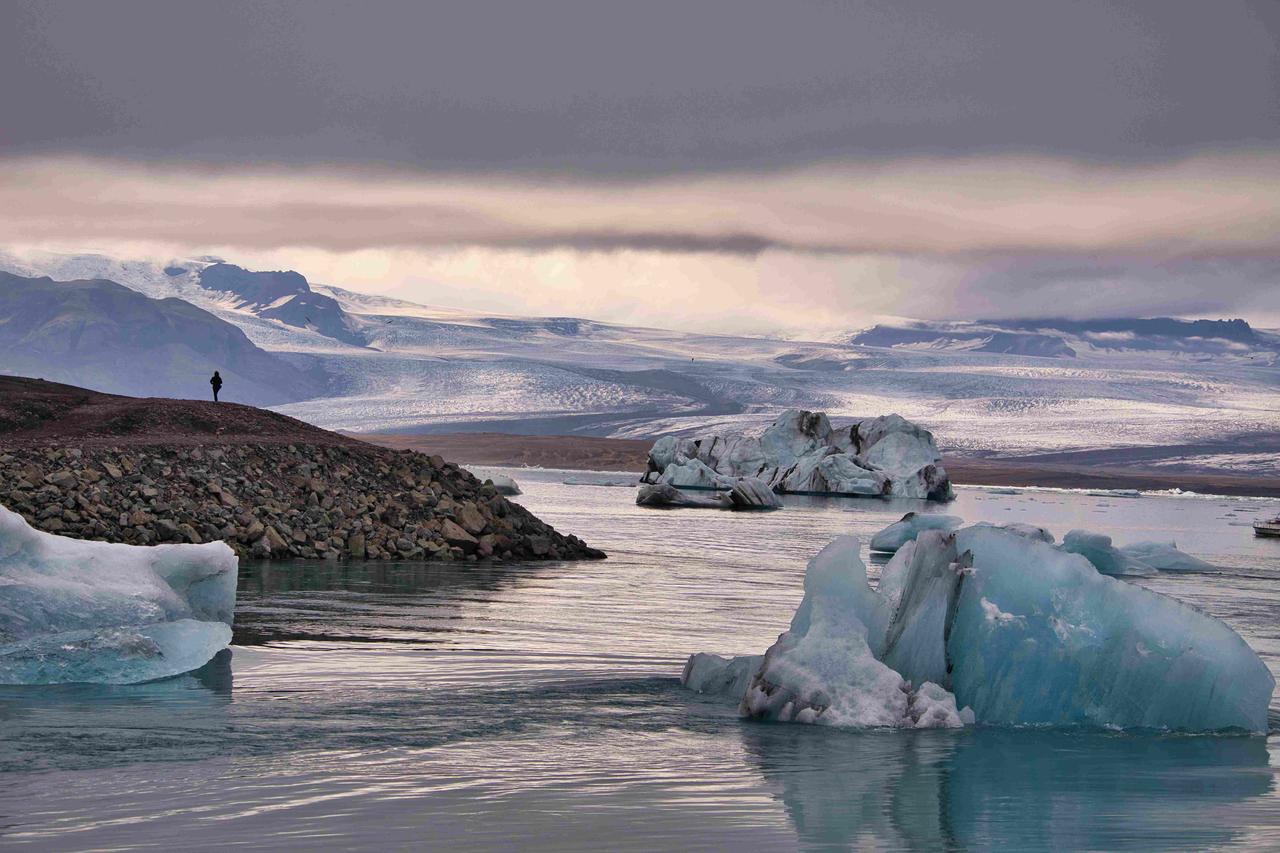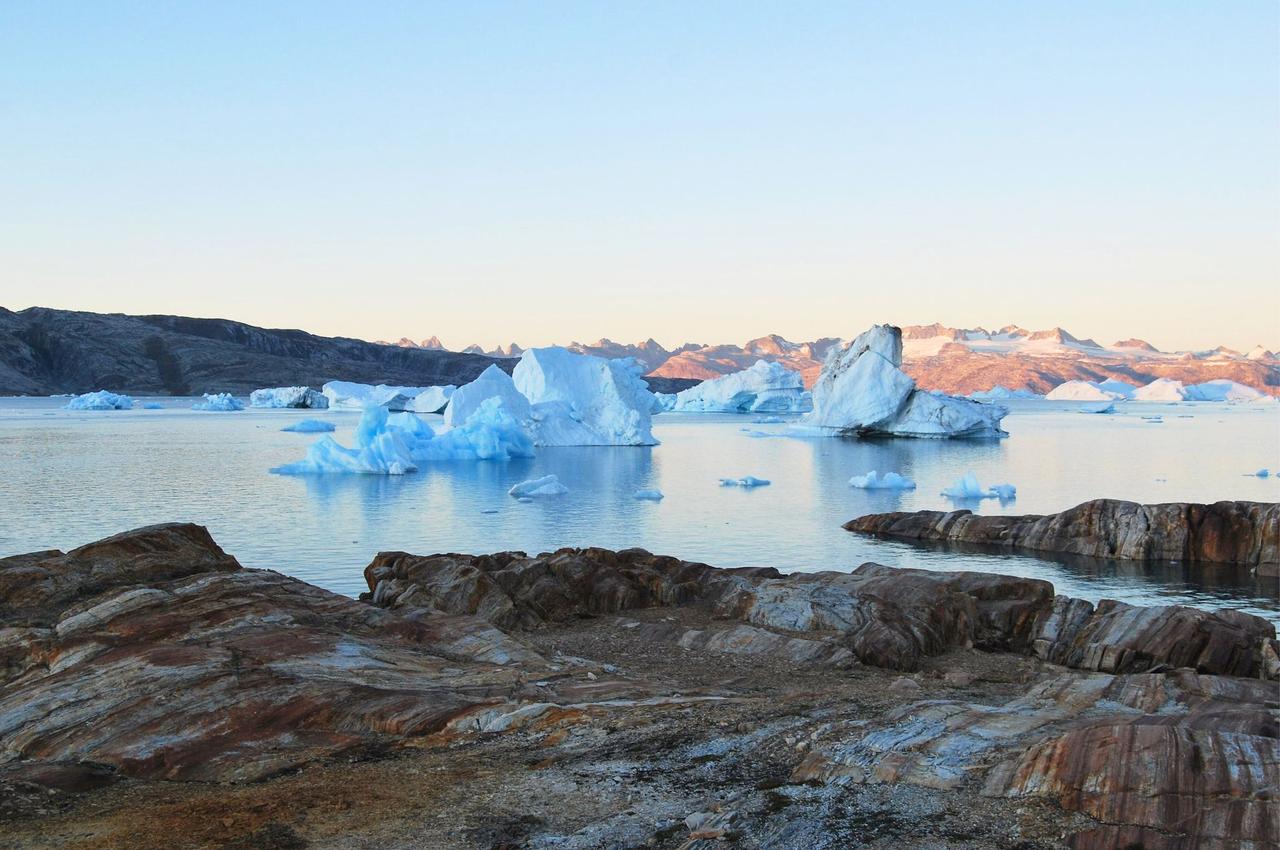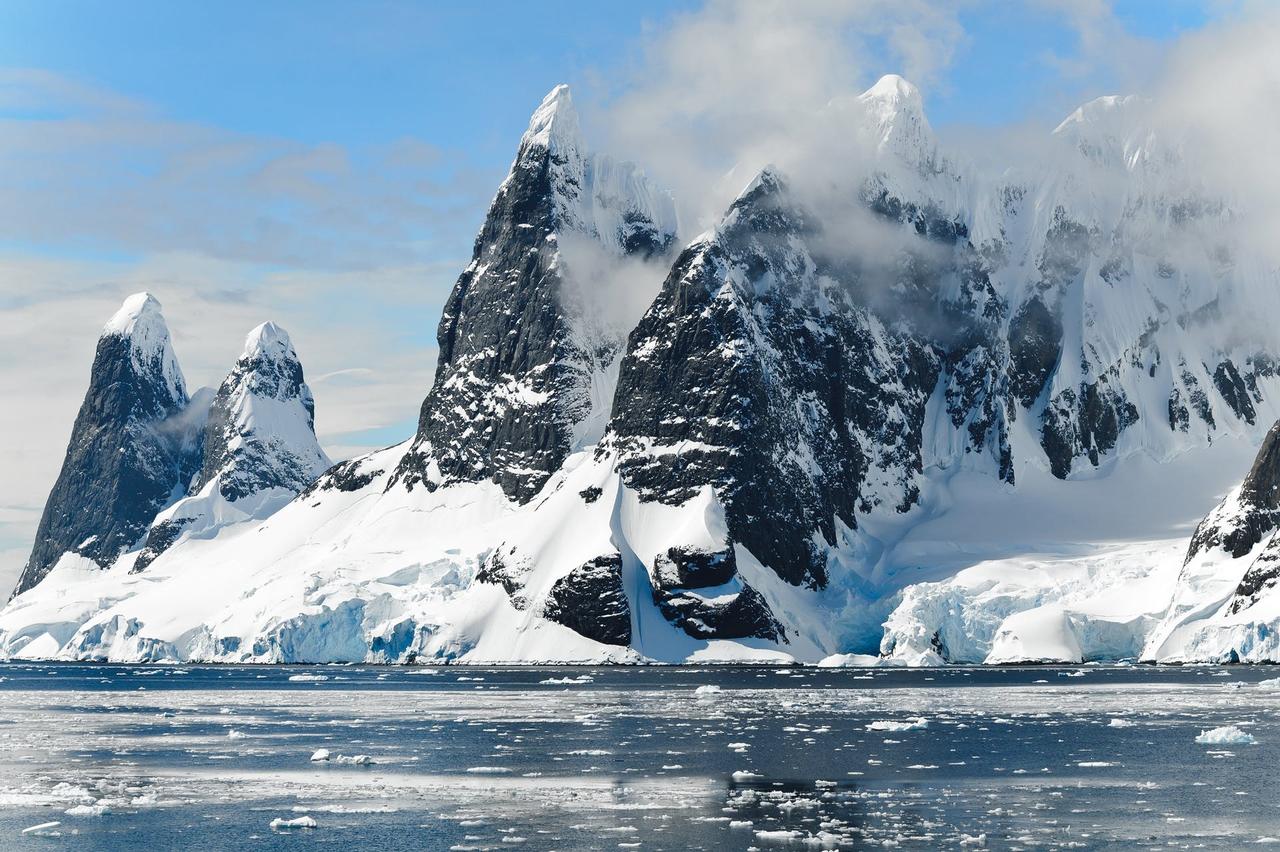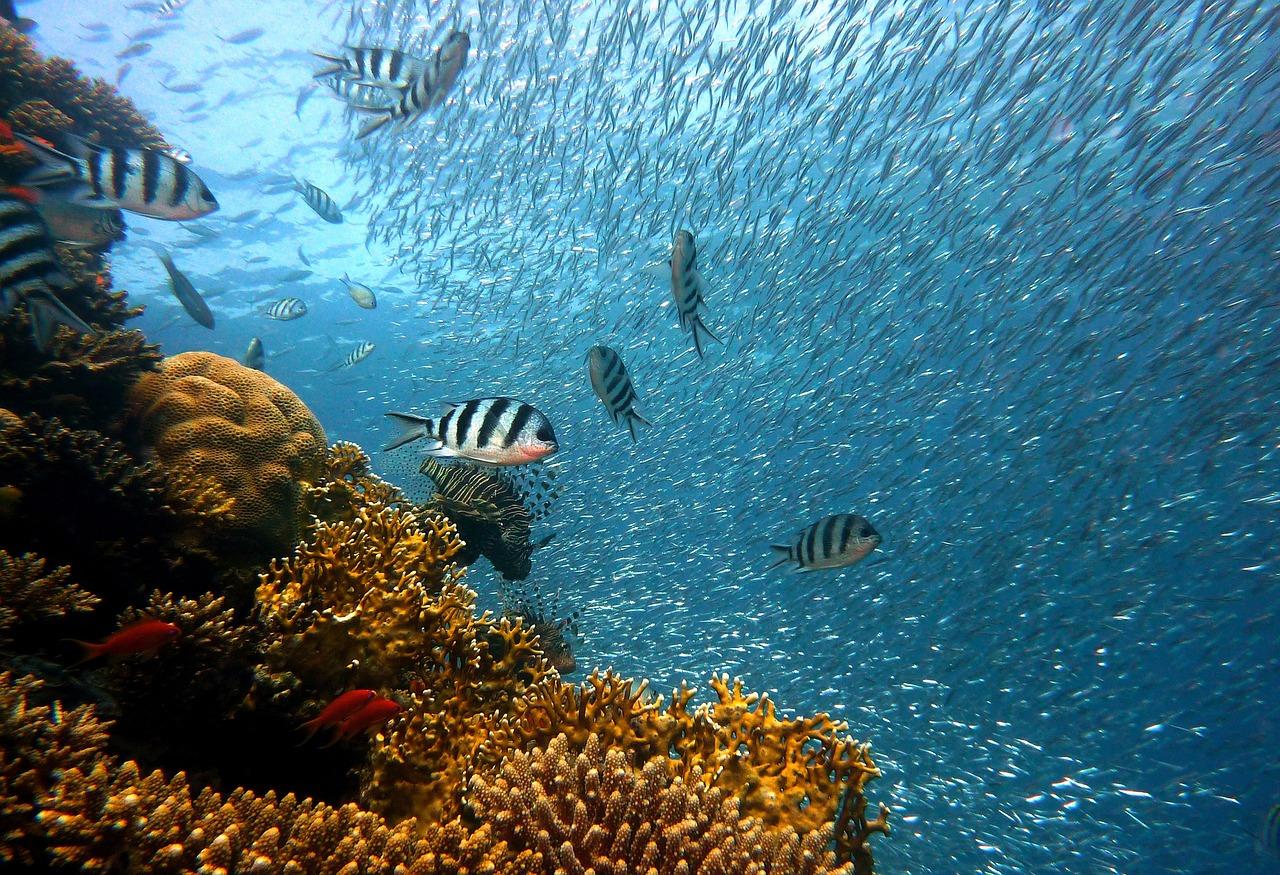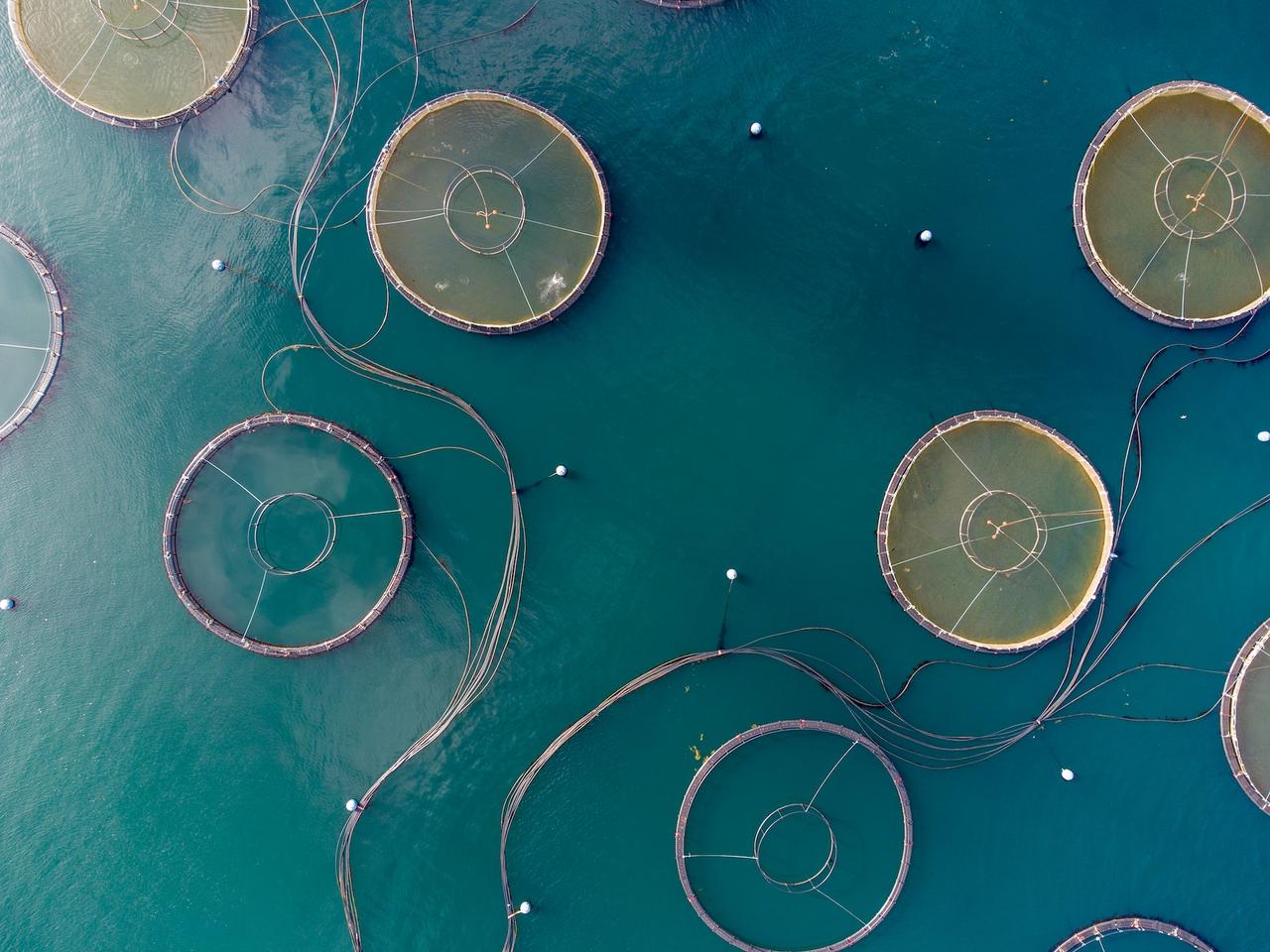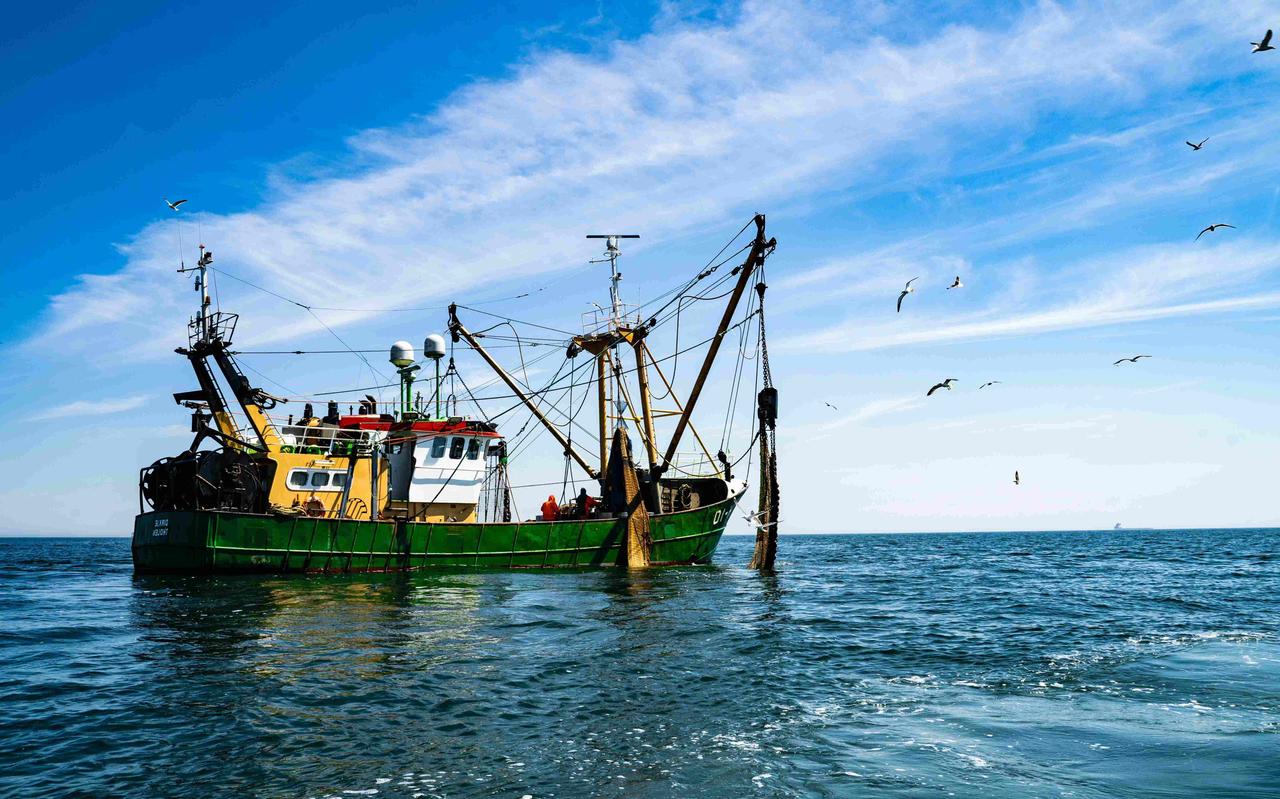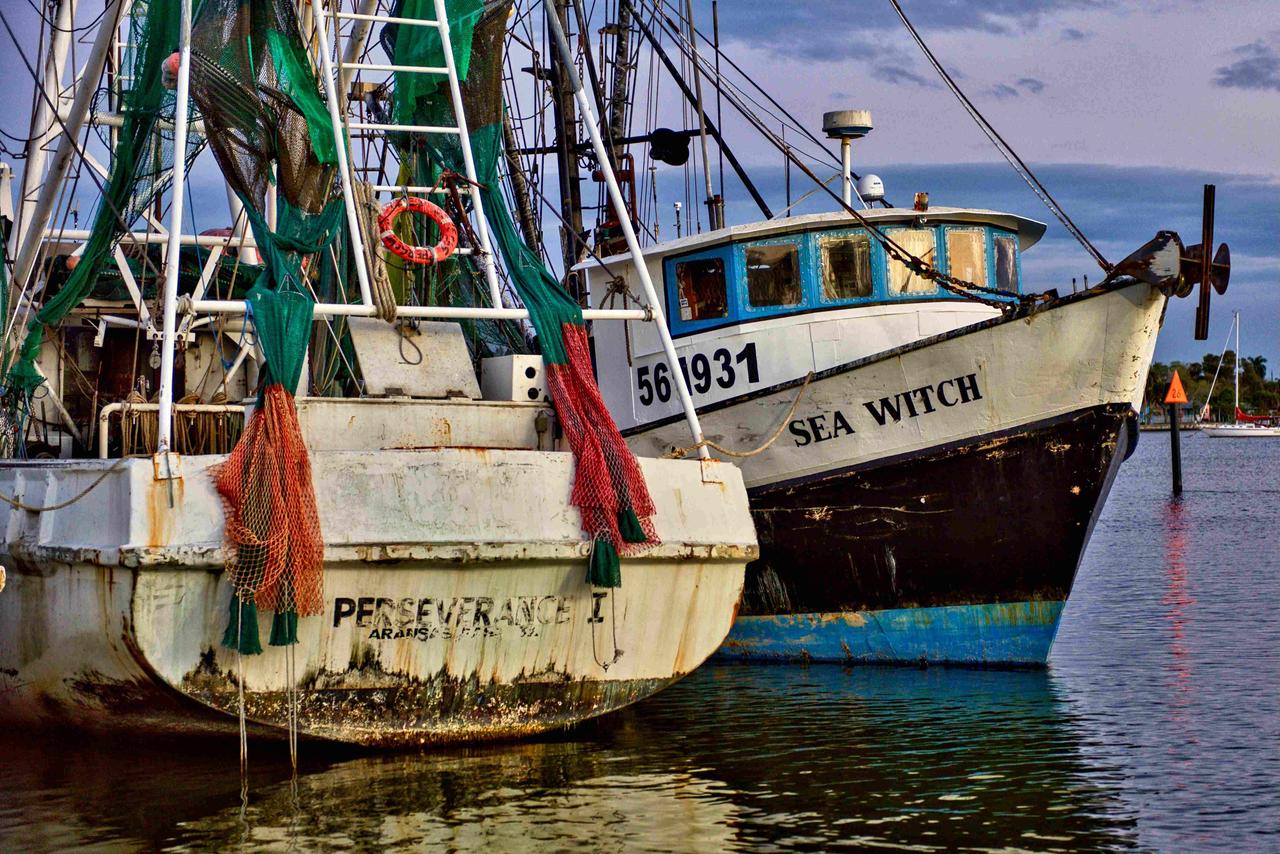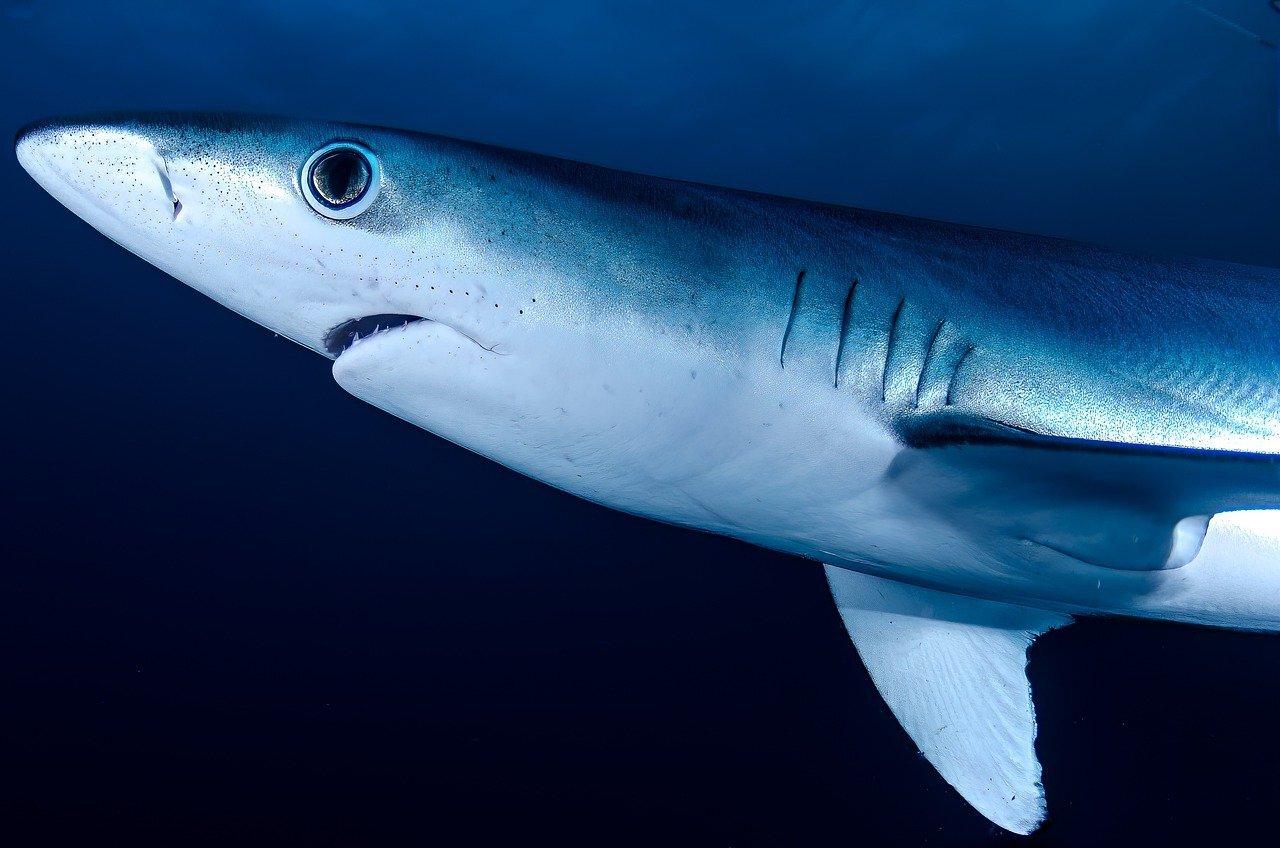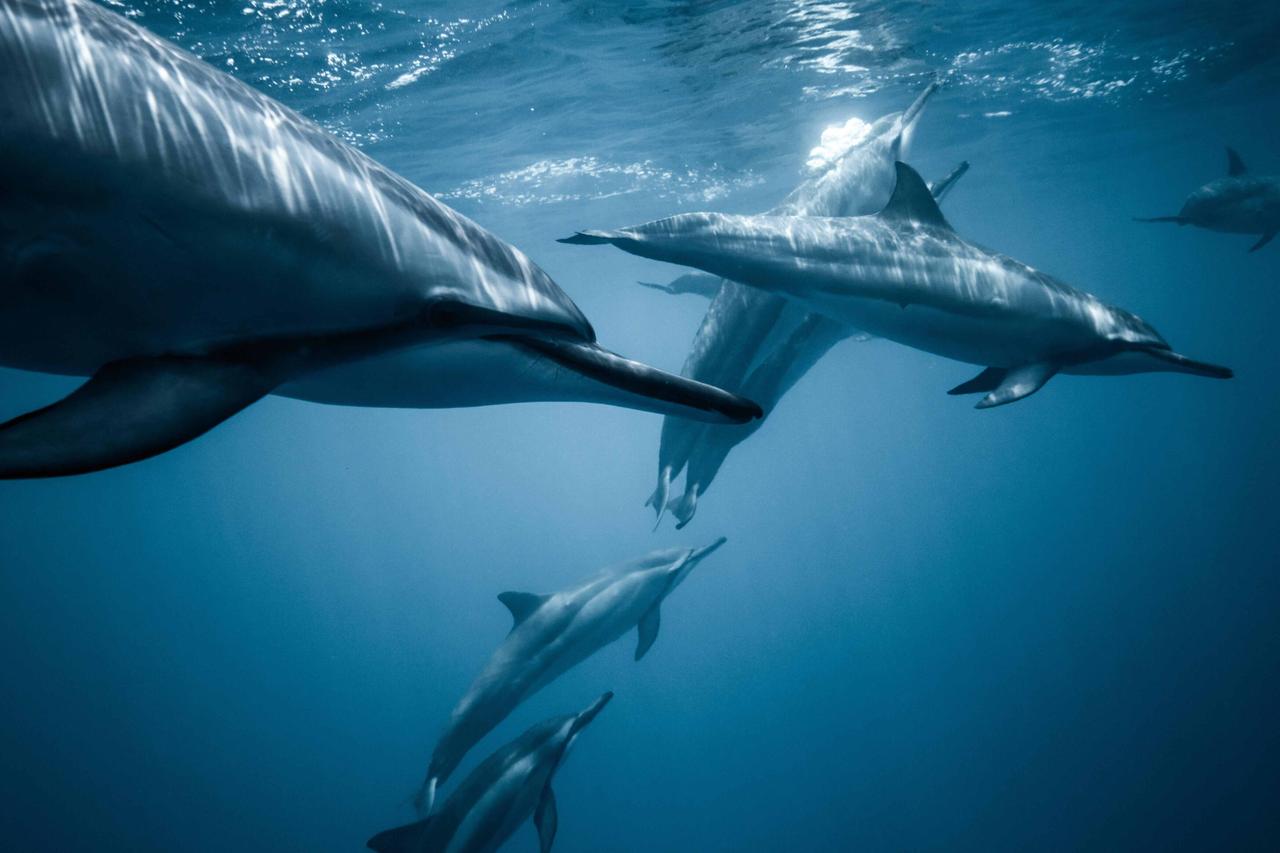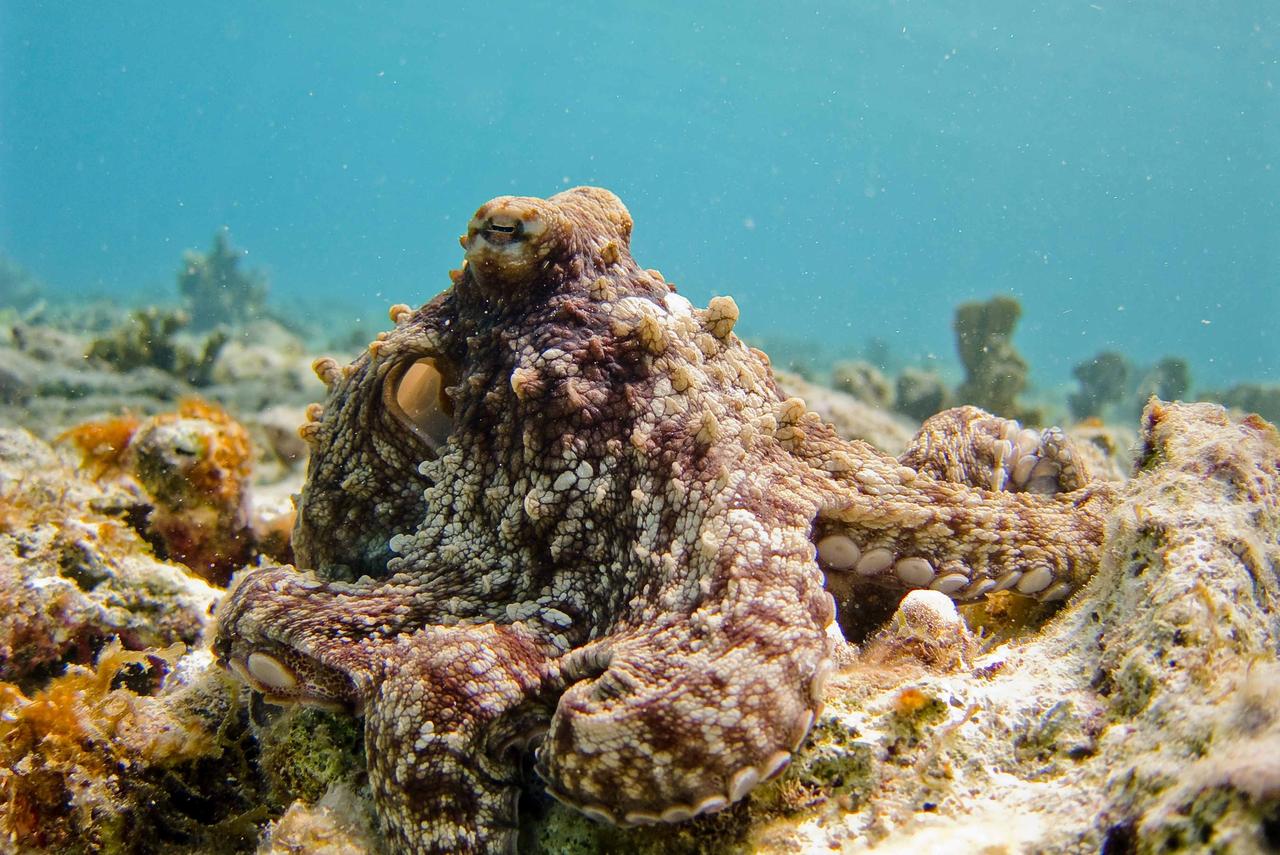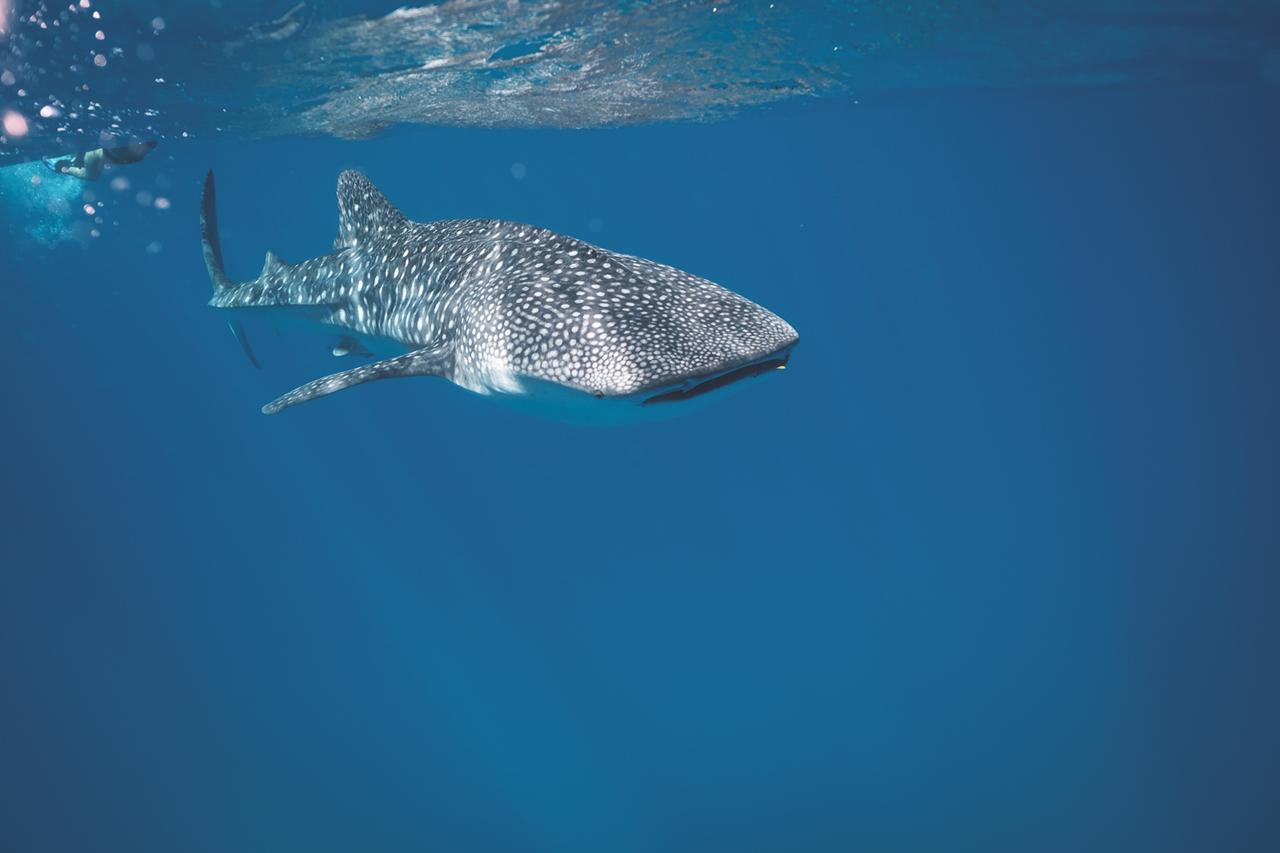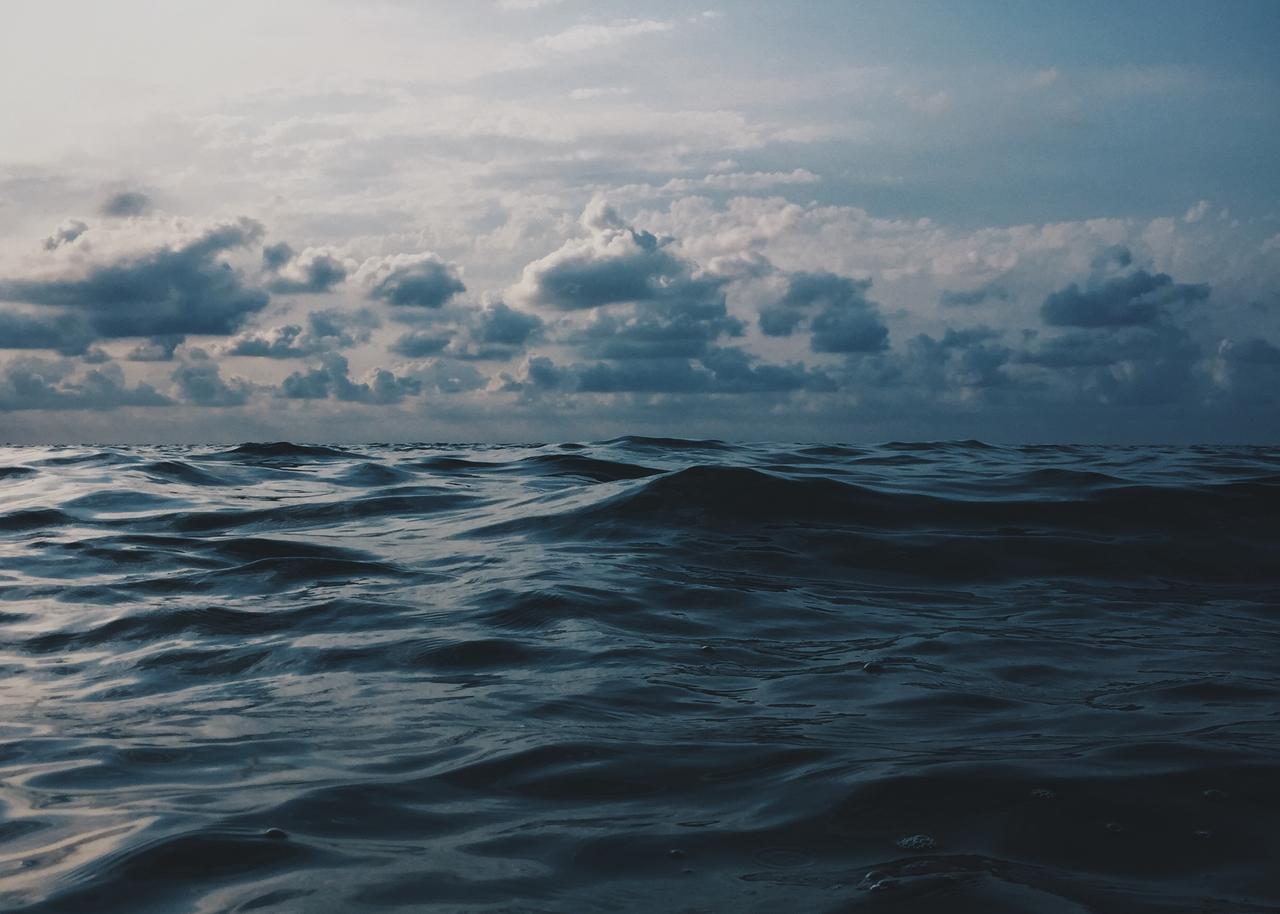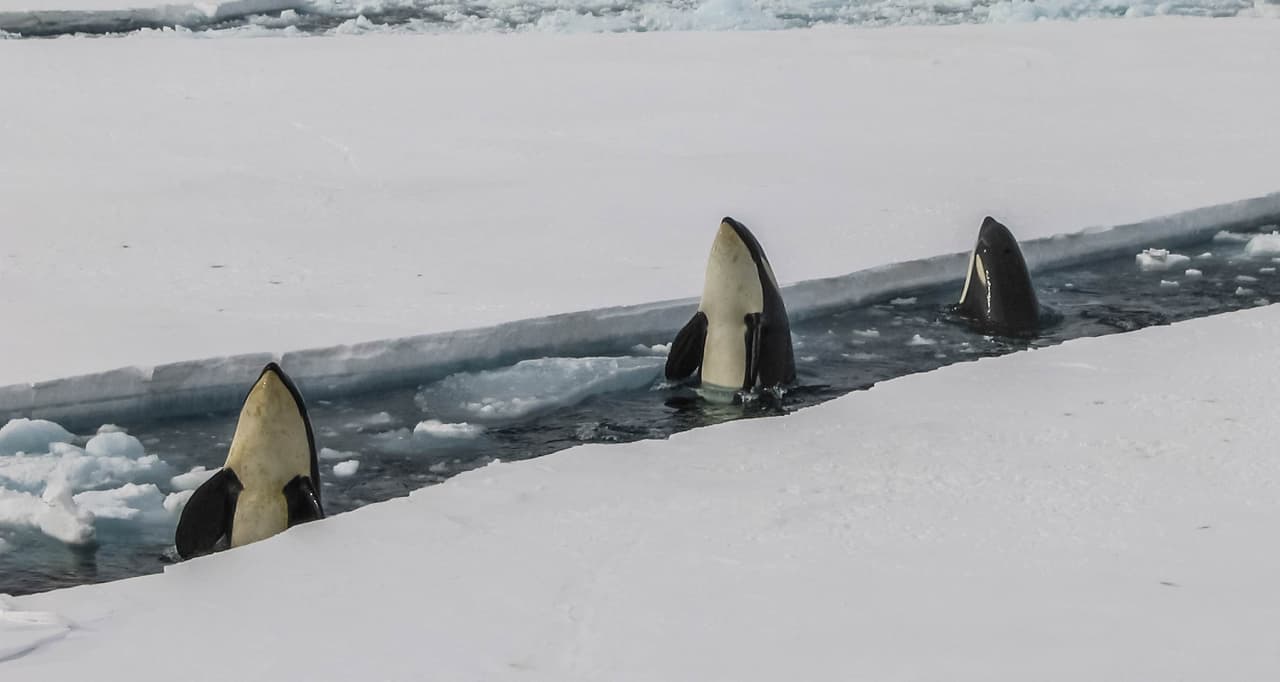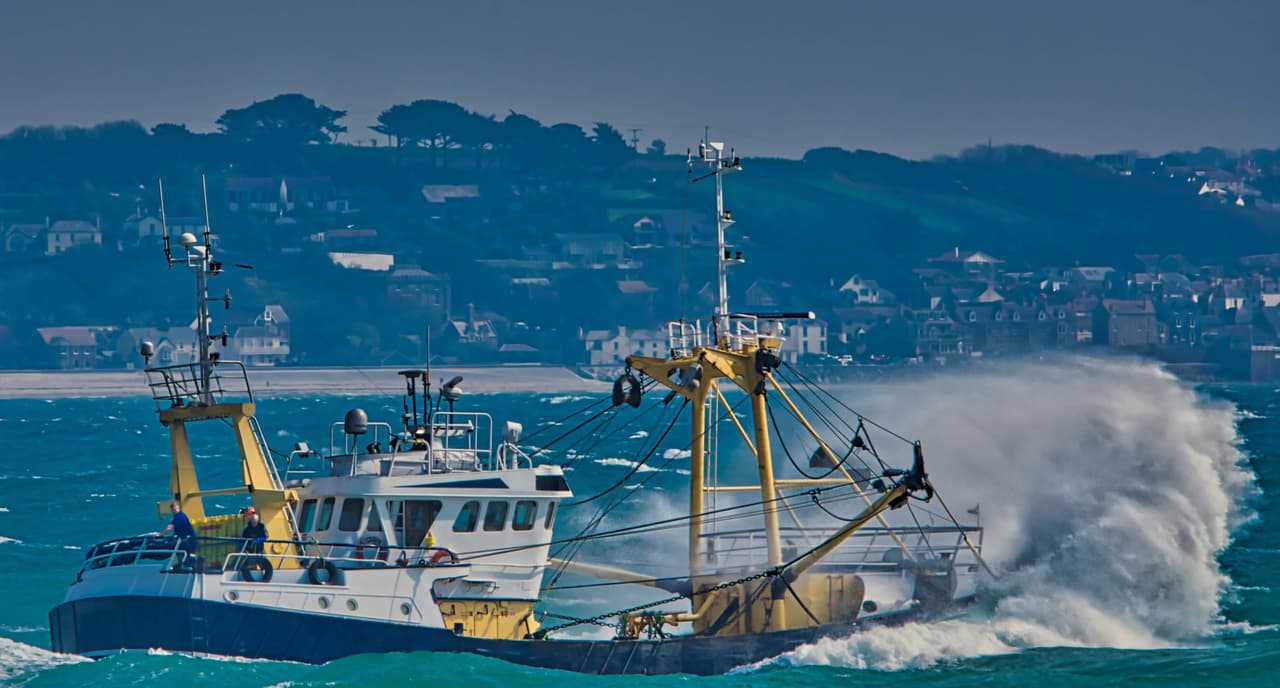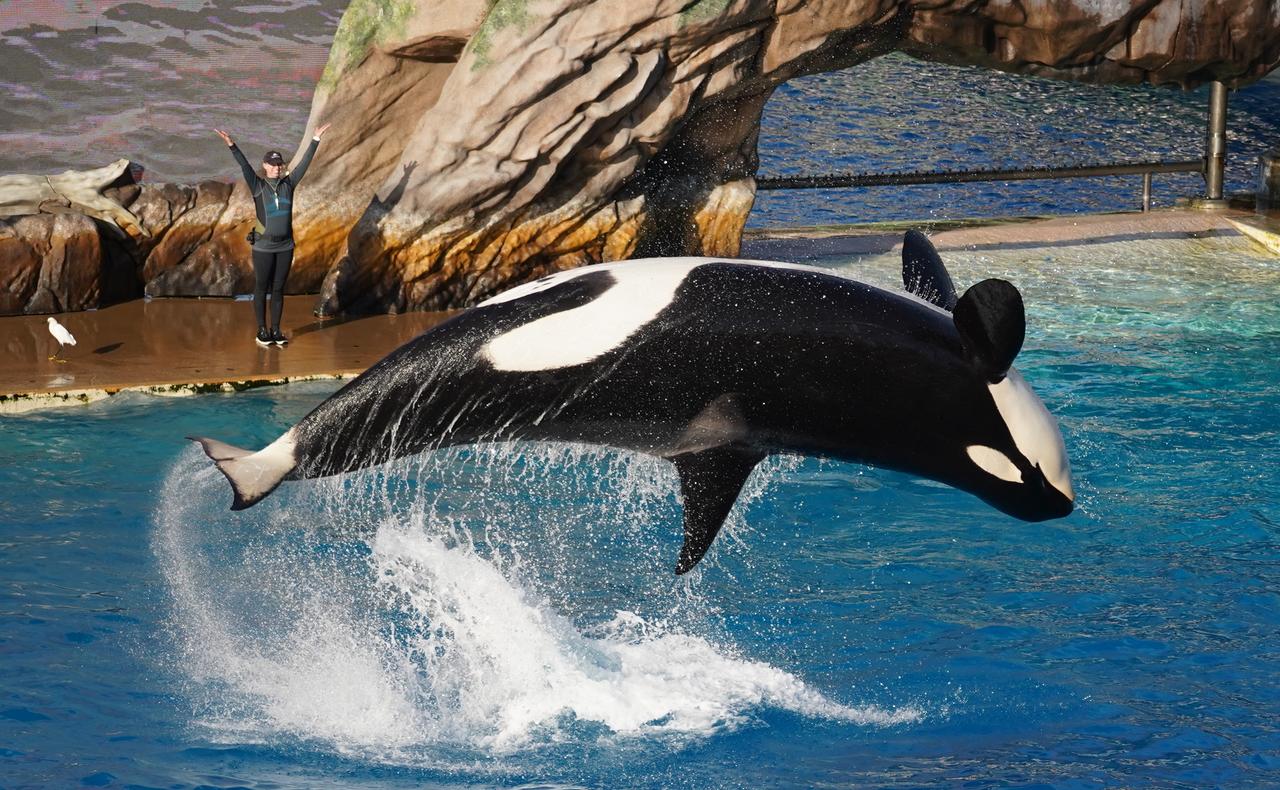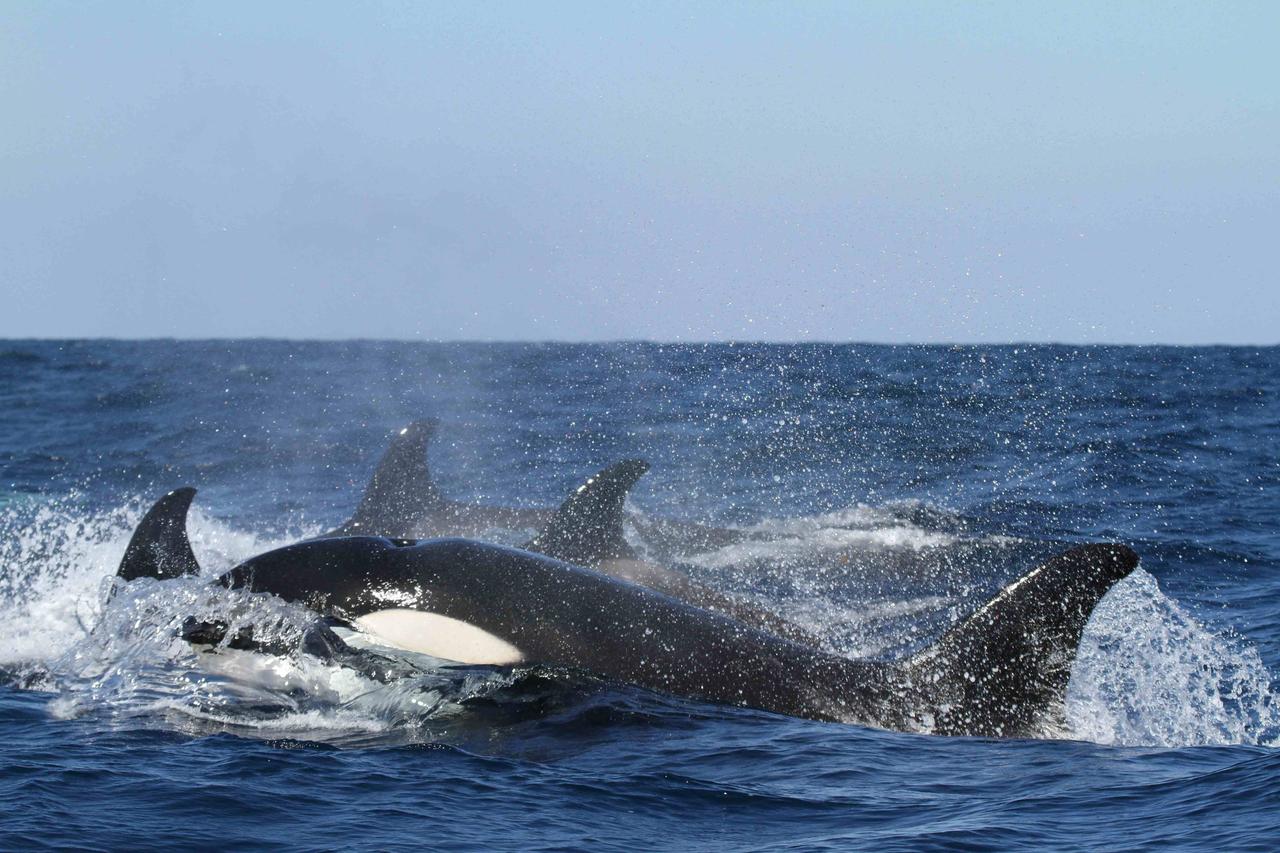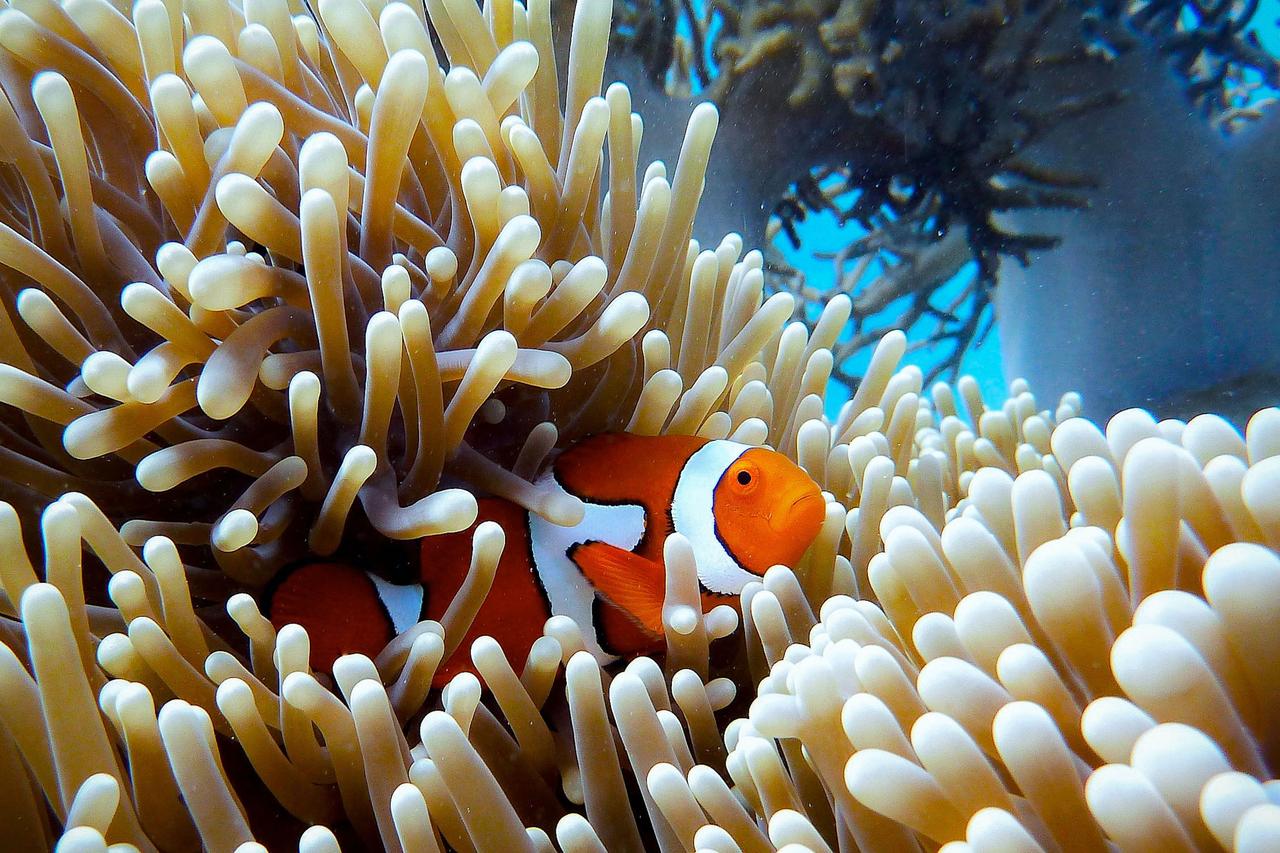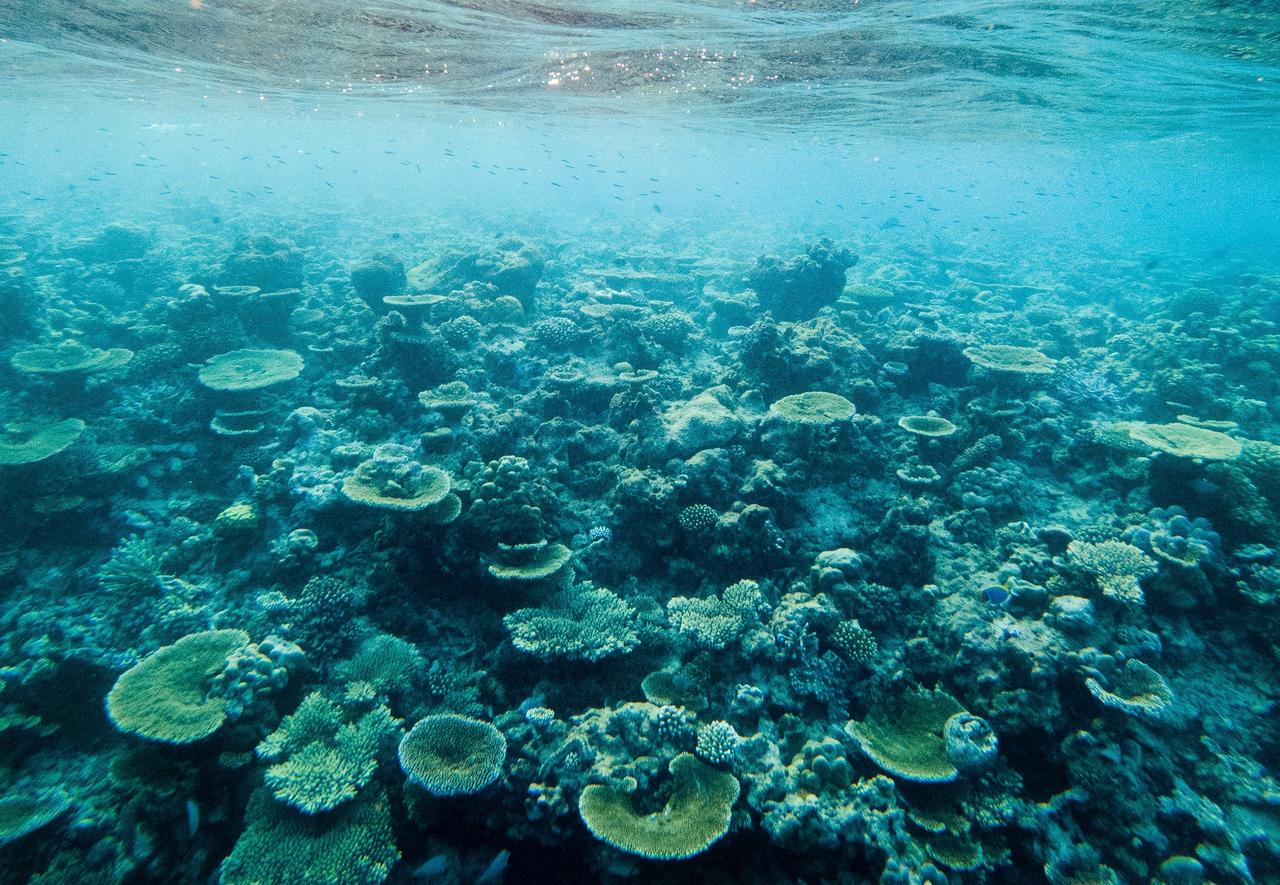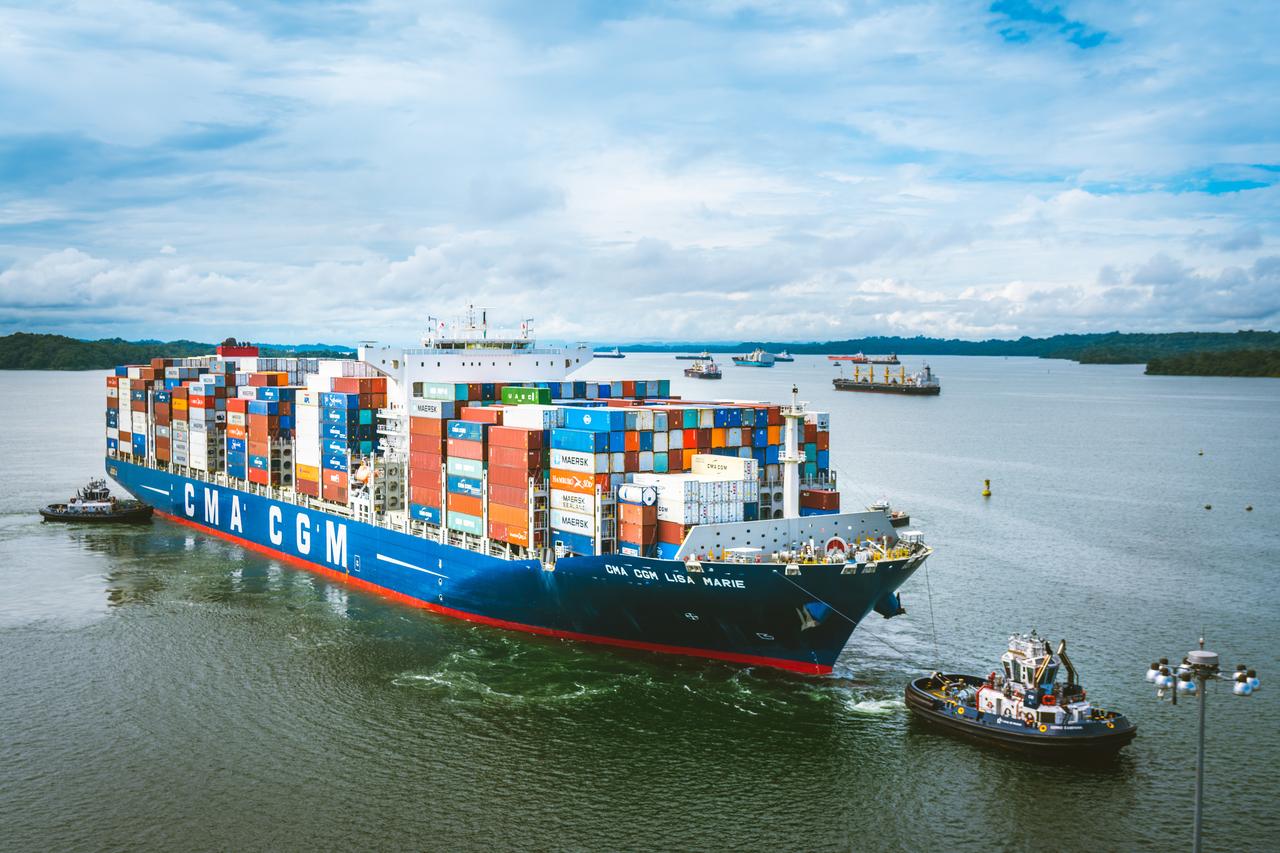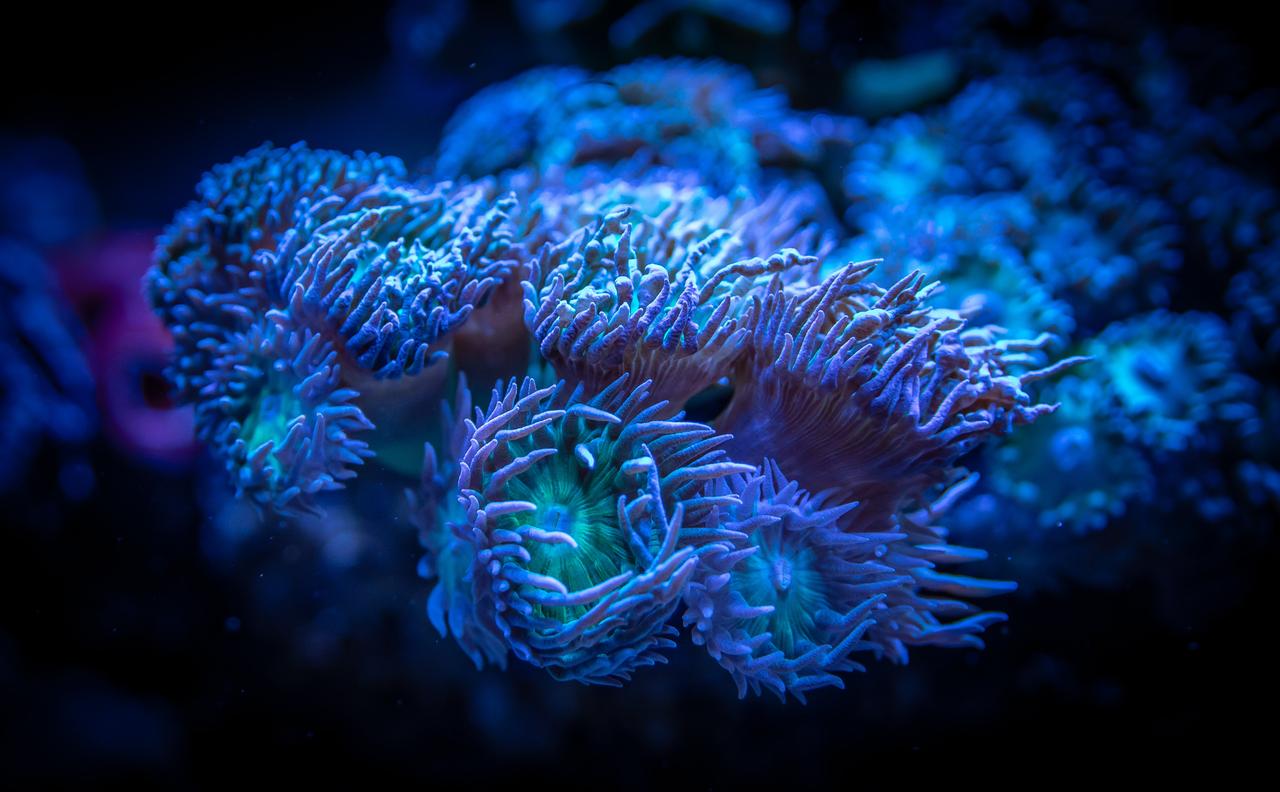
Raja Ampat is the Amazon of the Ocean

Coral reefs, frequently referred to as the “rainforests of the sea,” represent the most biodiverse ecosystems on Earth. It is estimated that approximately 25% of all marine species are directly dependent on coral reefs for their survival. These complex and vibrant marine environments are crucial not only to the health of the oceans but also to millions of people, serving as vital sources of food, livelihoods, coastal protection, and cultural heritage.
In the Coral Triangle, Raja Ampat exemplifies this reality. With 75% of the world’s known coral species found in the region, it is widely considered a global stronghold for marine biodiversity. However, much like other coral reef systems globally, the reefs of Raja Ampat are increasingly vulnerable to anthropogenic stressors past and present, including climate change, overfishing, and the impacts of tourism and associated development.
An Ecosystem Like No Other
Raja Ampat's coral reefs are the most biodiverse marine ecosystem on Earth, showcasing hundreds of coral species and thousands of marine organisms. This complex habitat supports a vast web of life, where species interact to maintain ecological balance. Beyond their borders, these reefs serve as crucial breeding and feeding grounds, influencing ocean health far beyond the reef itself.
Protected, Endangered & Endemic Species

Raja Ampat is a vital refuge for many protected, endangered, and endemic marine species, including six sea turtle species, manta rays, dugongs, and unique creatures like the Raja Ampat Epaulette Shark. It also supports threatened species such as the Napoleon wrasse and giant clam. These species play a crucial role in maintaining the region's ecological balance and are essential to the cultural and economic well-being of local communities. Their protection is key to safeguarding Raja Ampat's biodiversity and ecosystem resilience.
Raja Ampat’s Vulnerabilities

Raja Ampat’s coral reefs face multiple environmental threats, including pollution from coastal development, harmful runoff, and increased maritime activity, which lead to eutrophication and coral stress. Although illegal, past destructive fishing methods like blast and cyanide fishing have left lasting damage. Some reef areas remain degraded despite protection efforts. Natural threats, such as Crown-of-Thorns starfish outbreaks, and unsustainable tourism also add pressure. Together, these challenges jeopardize the health and resilience of Raja Ampat’s fragile marine ecosystems.
Conservation efforts in Raja Ampat

While global climate efforts are important, local conservation plays a key role in protecting coral reefs in the short term. In Raja Ampat, initiatives like the Yaf Keru Reef Restoration program focus on rehabilitating damaged reefs and preserving healthy ones through community involvement and regenerative tourism. These restoration efforts are essential for boosting ecosystem resilience, especially in areas where natural recovery is hindered by past human impact.
How can you help? Donate now!
Support this great non-profit and donate now. 100% of your donation will go to the The SEA People and help protect and restore corals in Raja Ampat.













